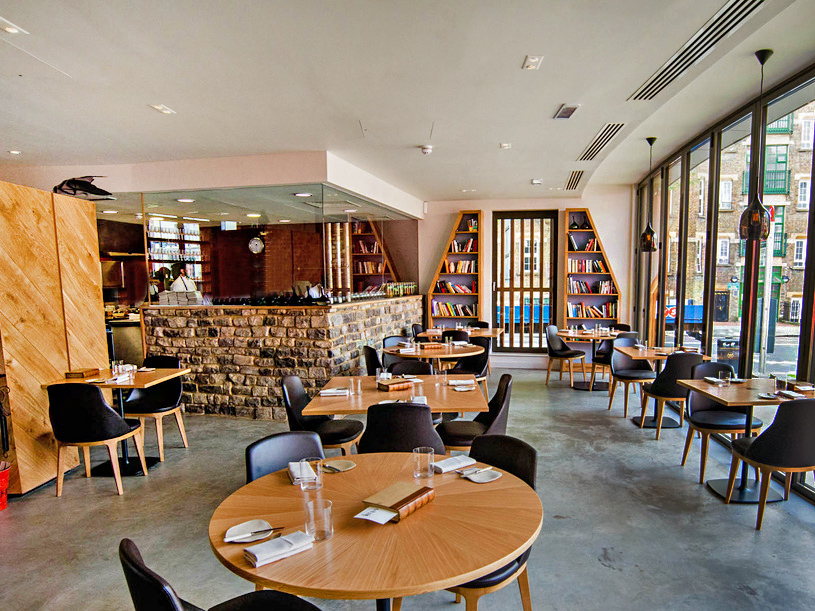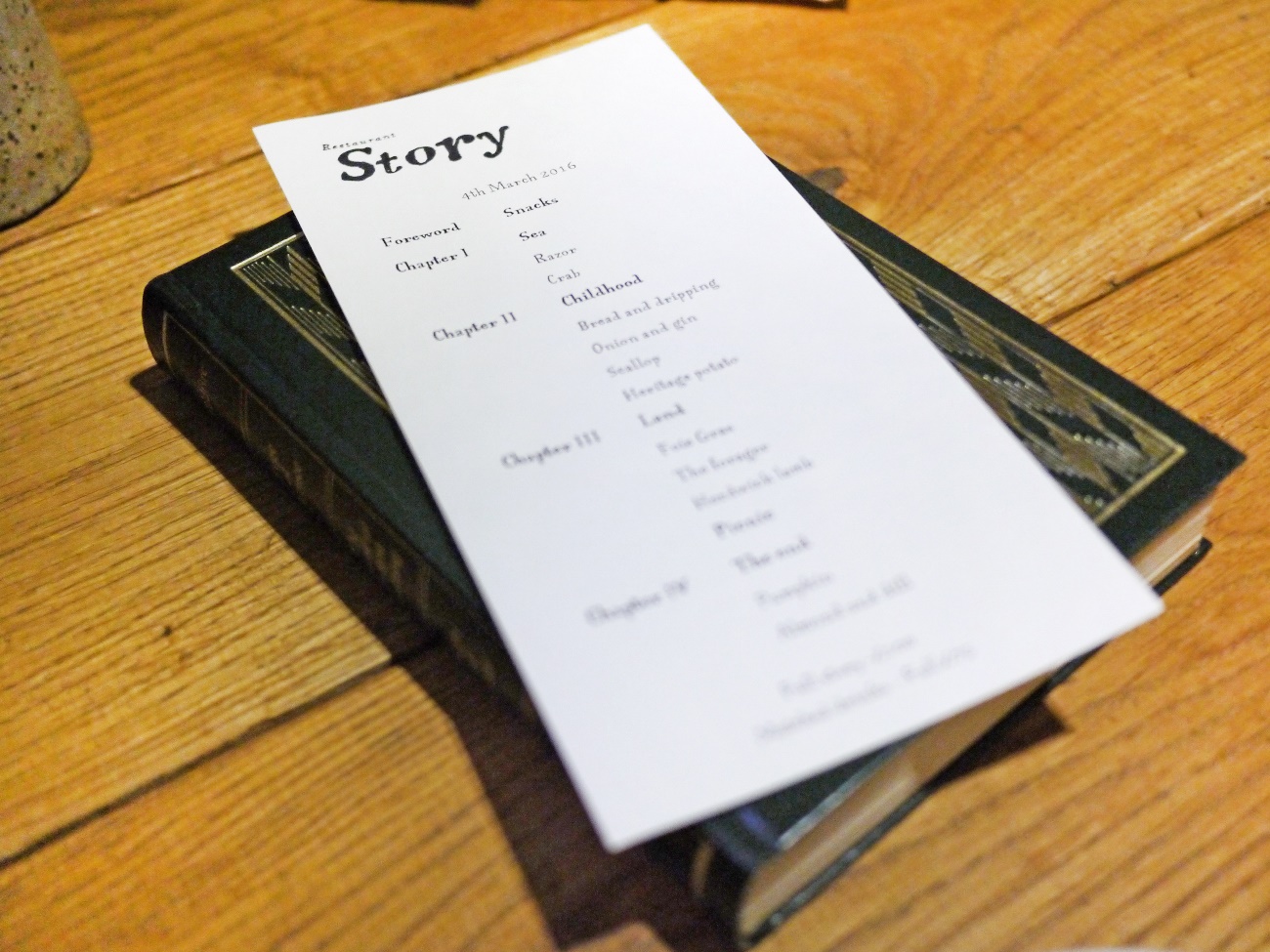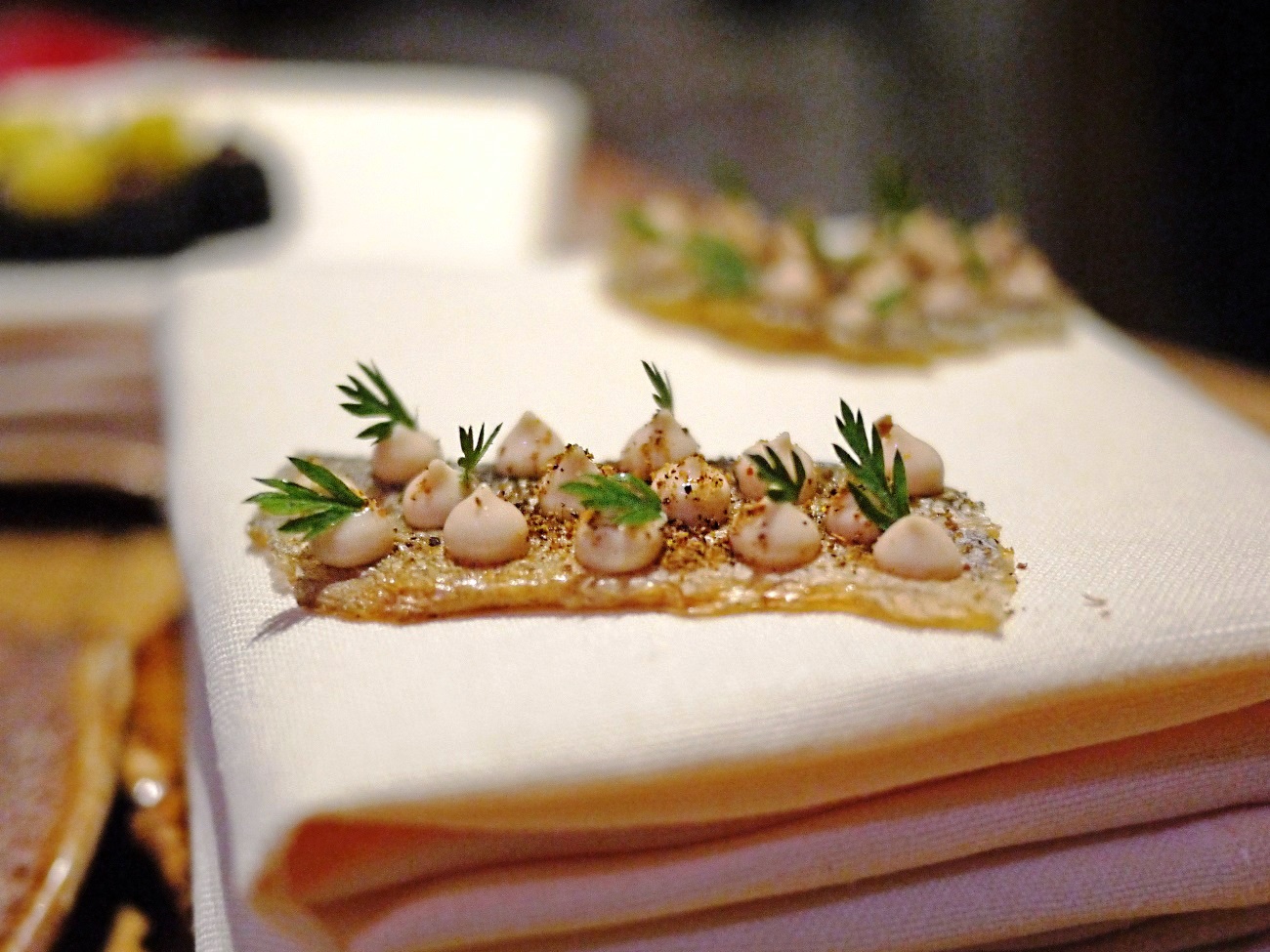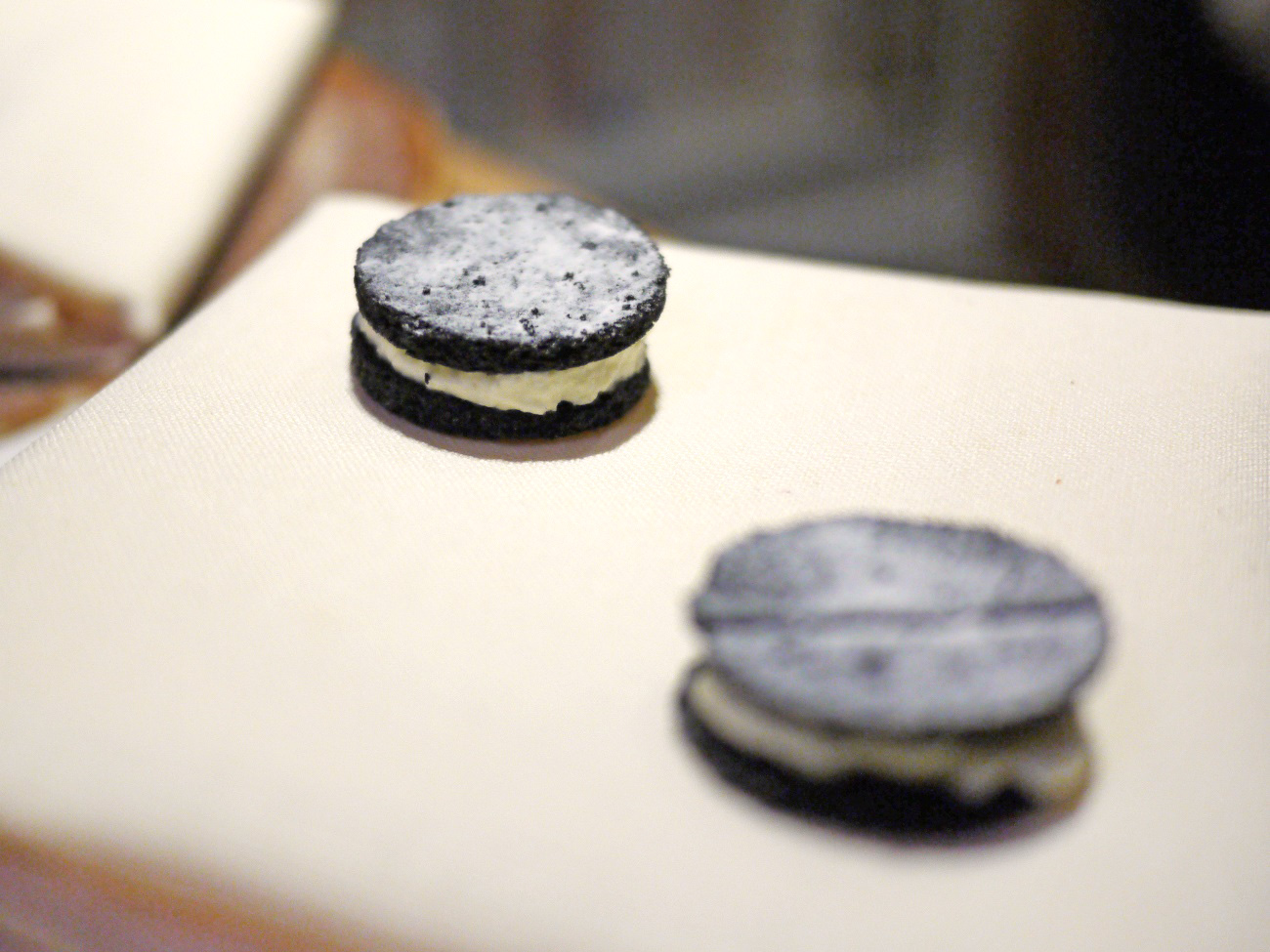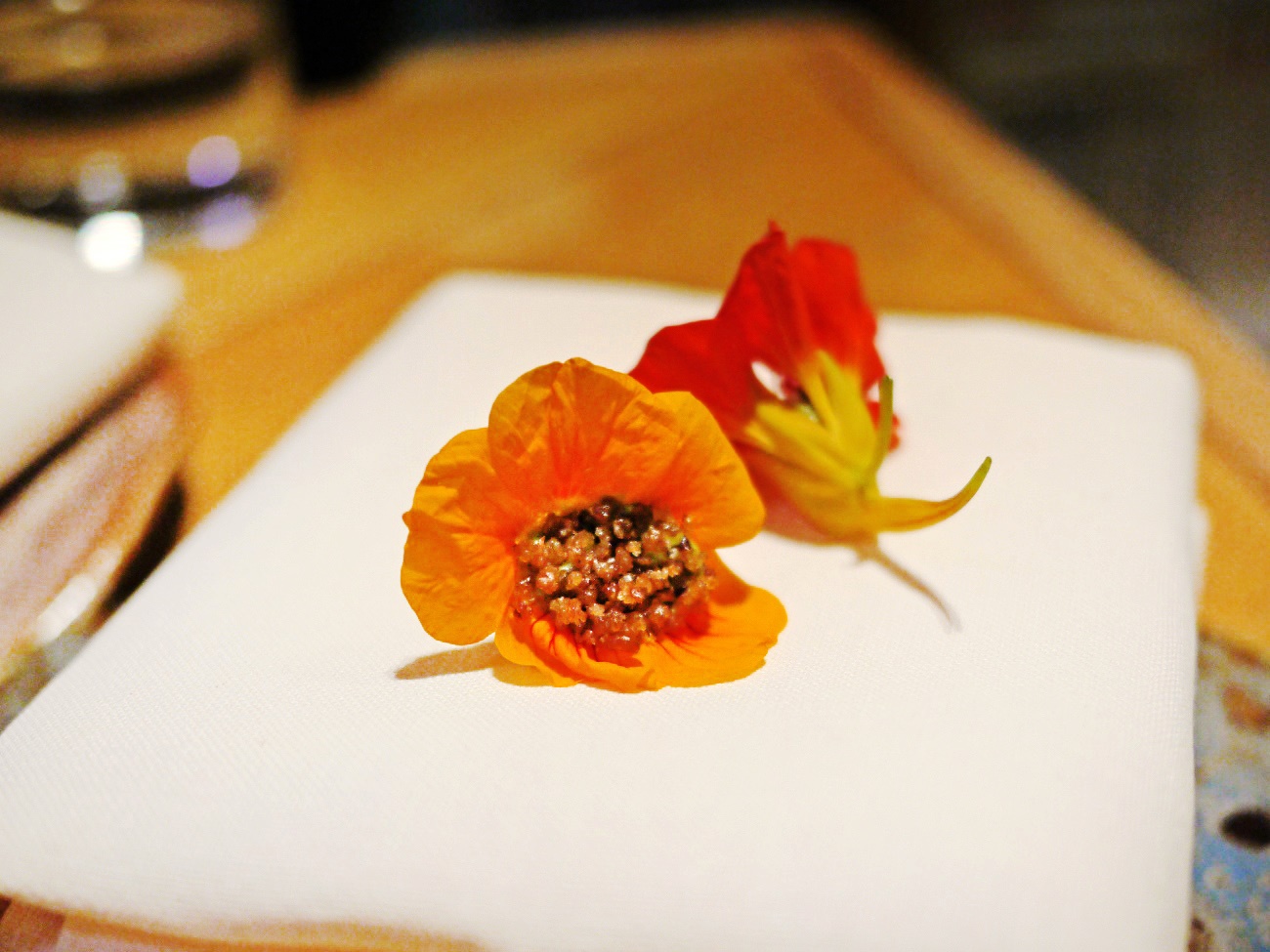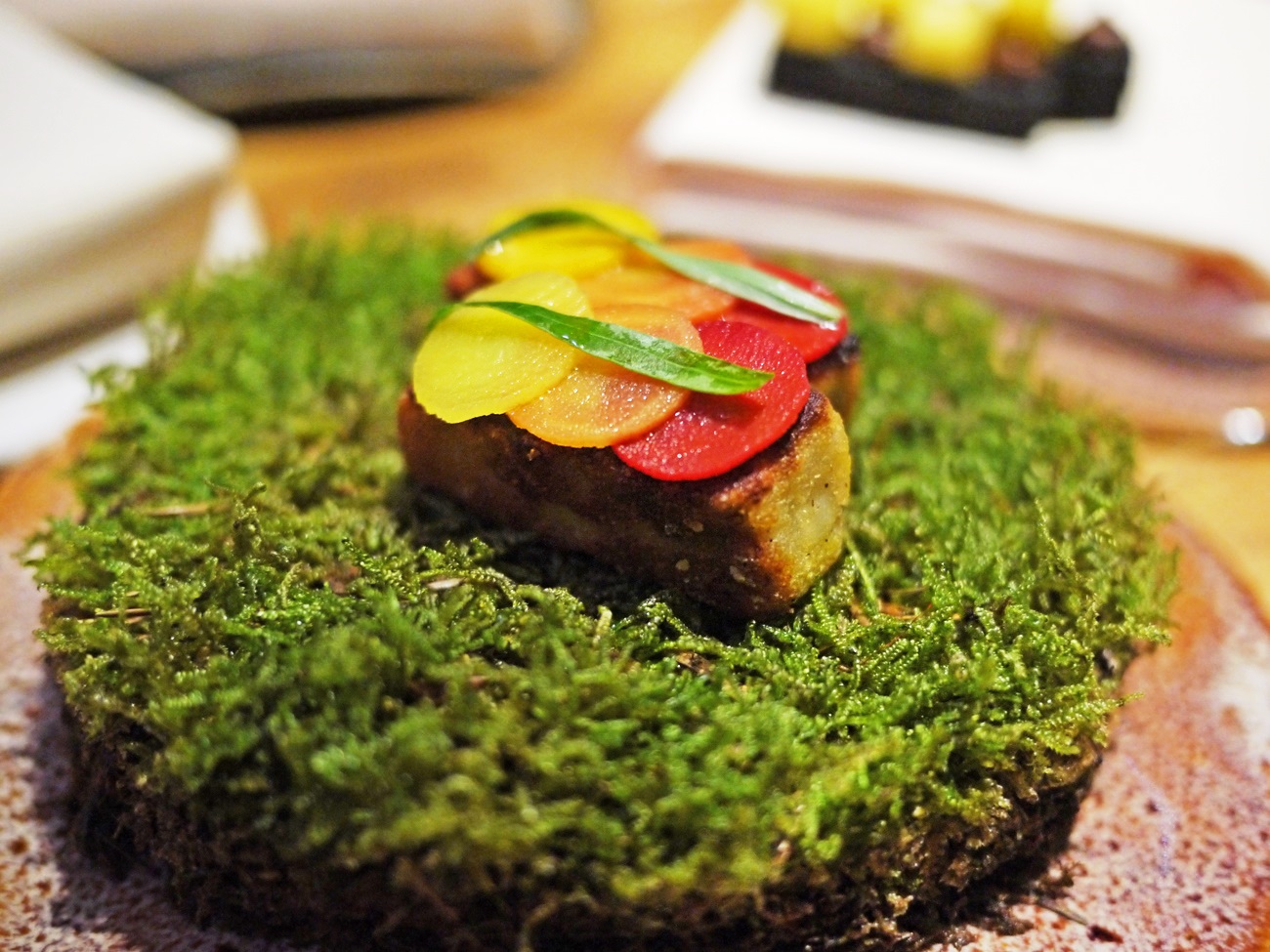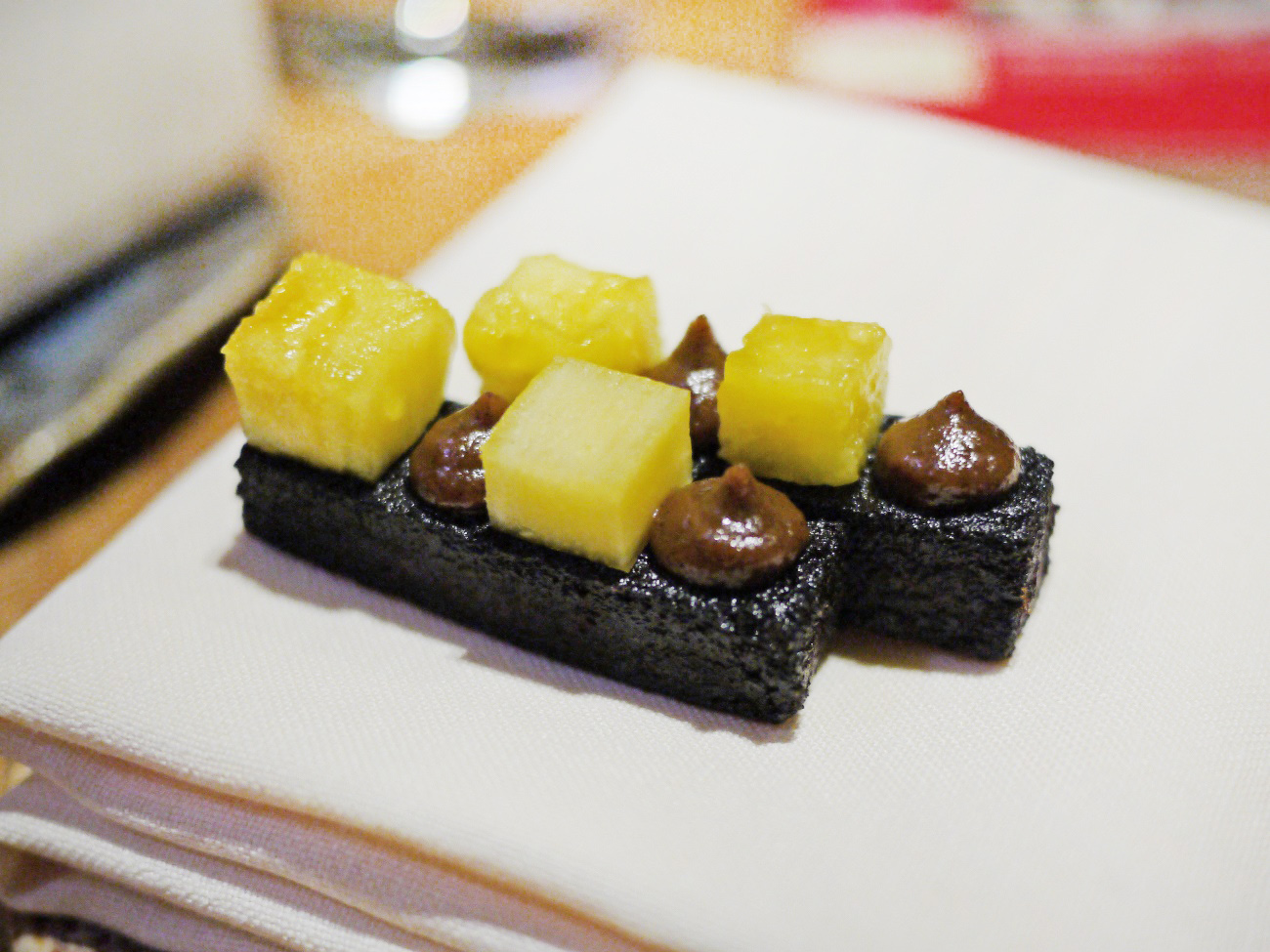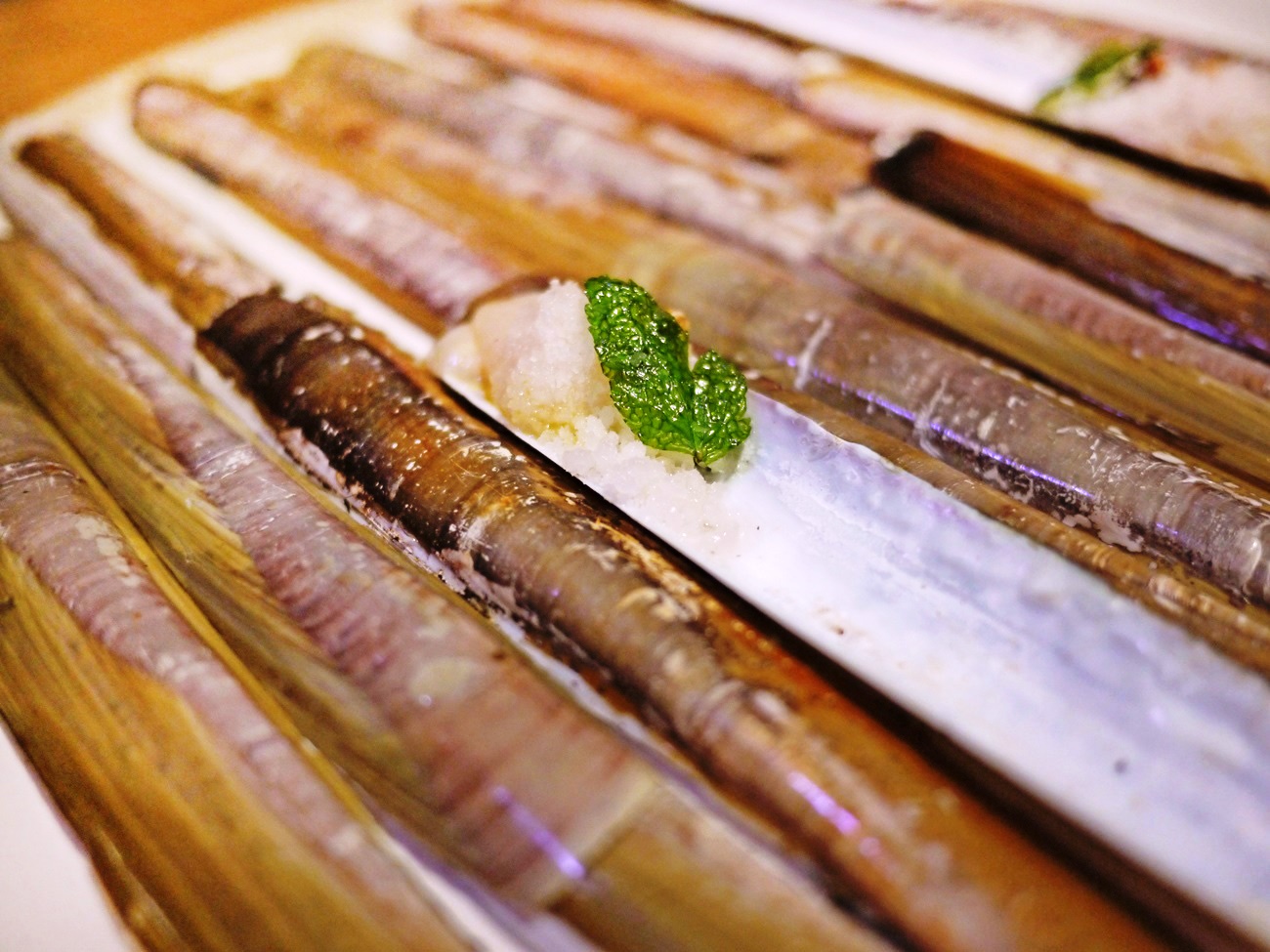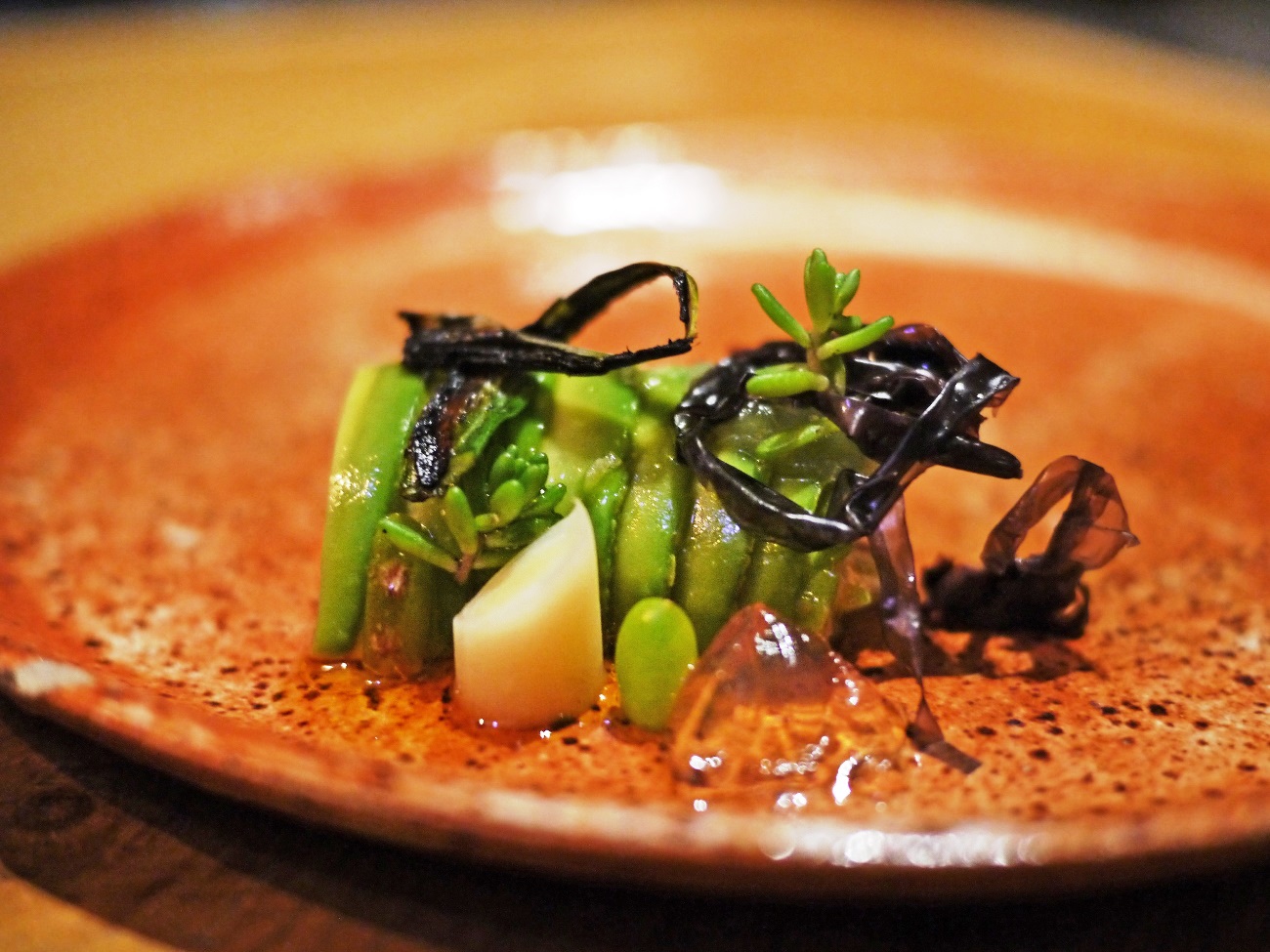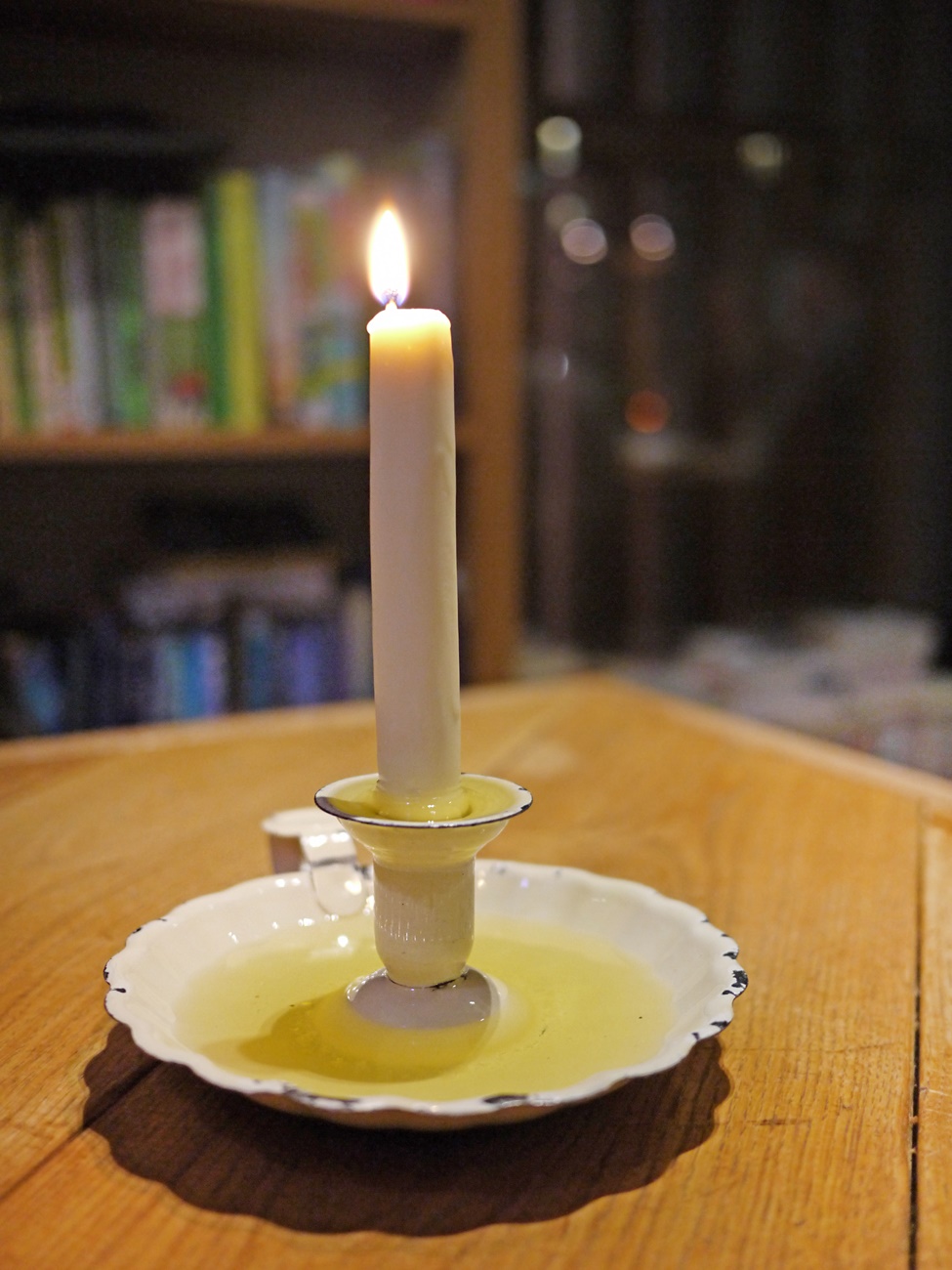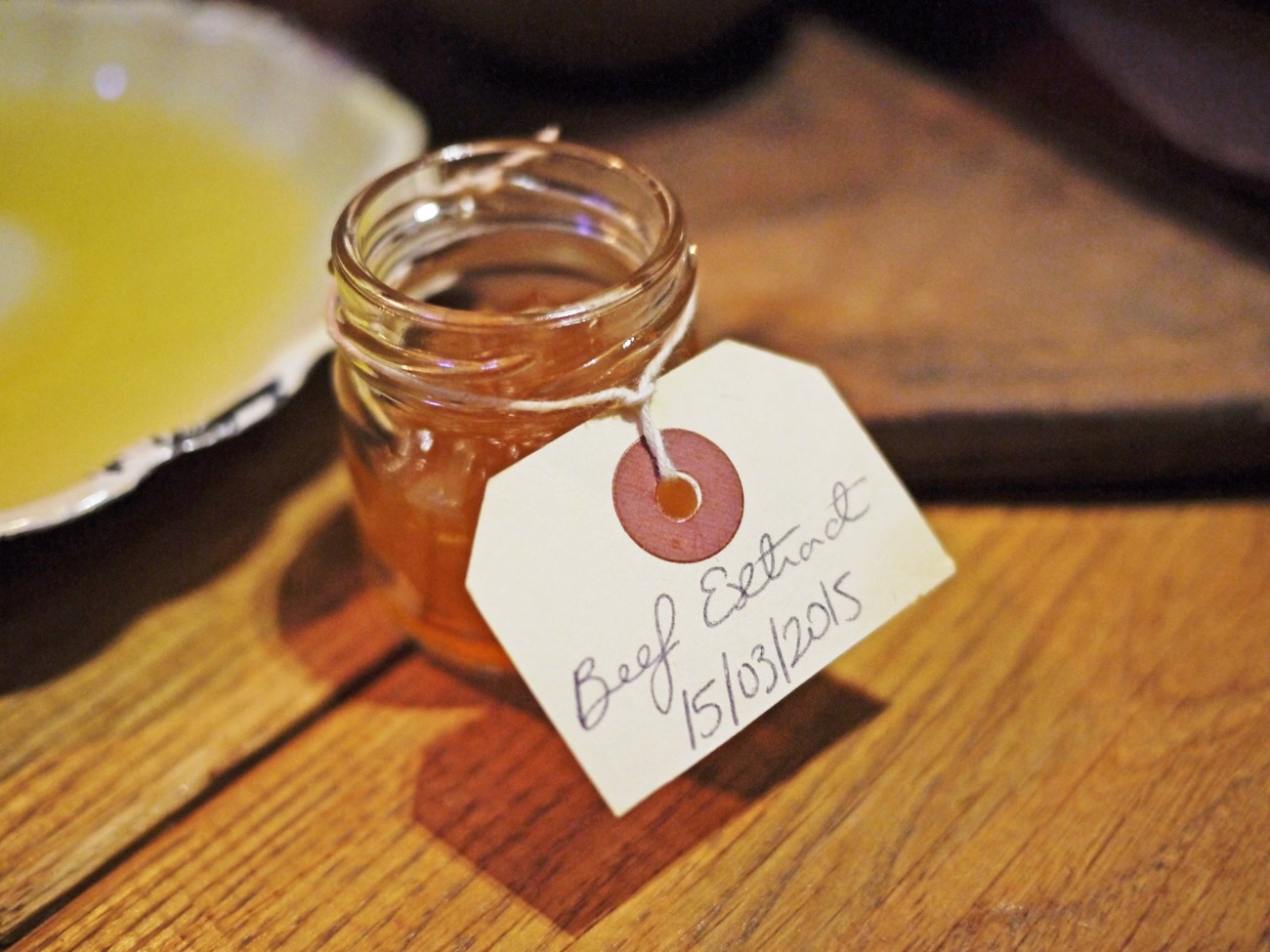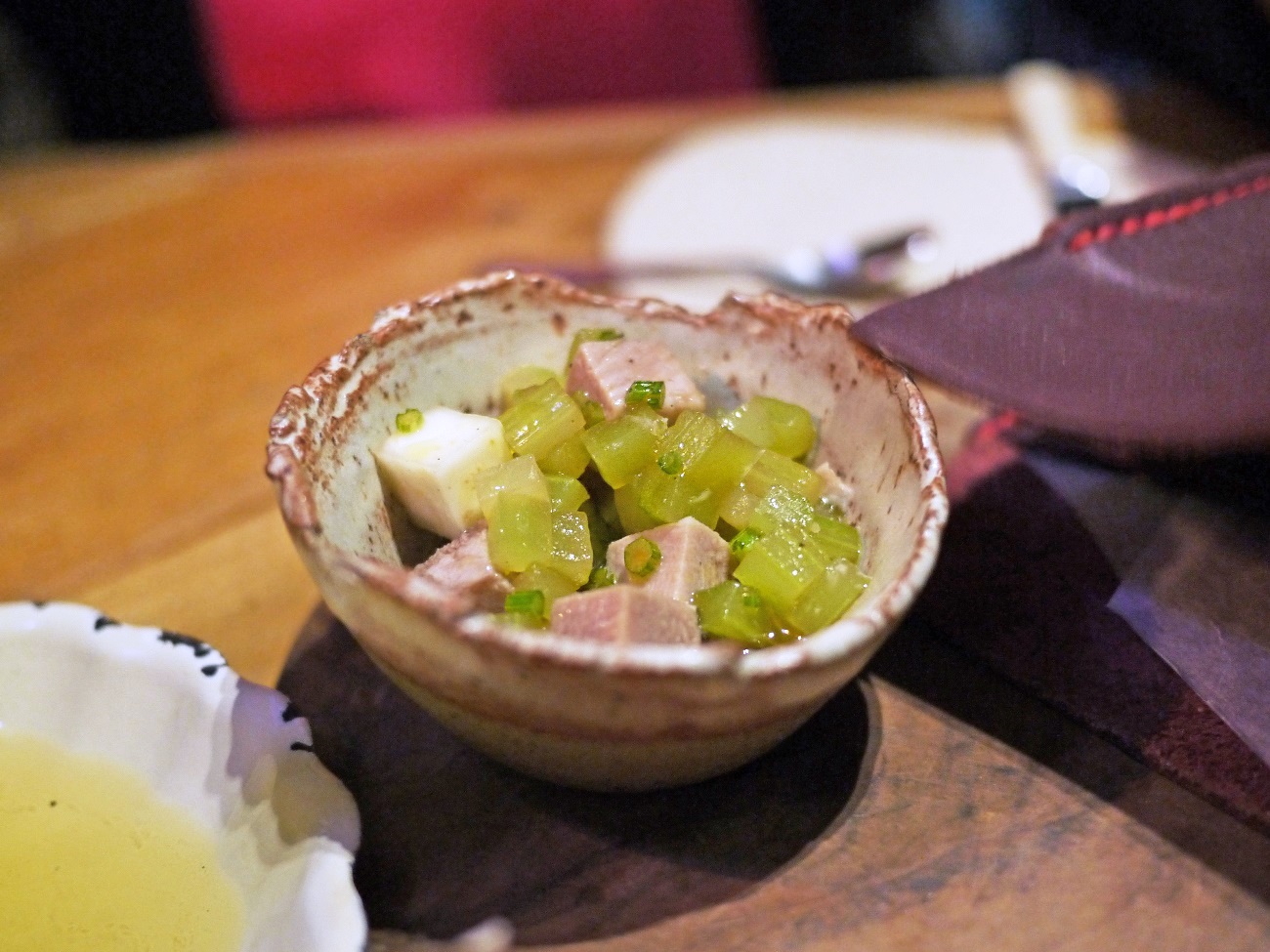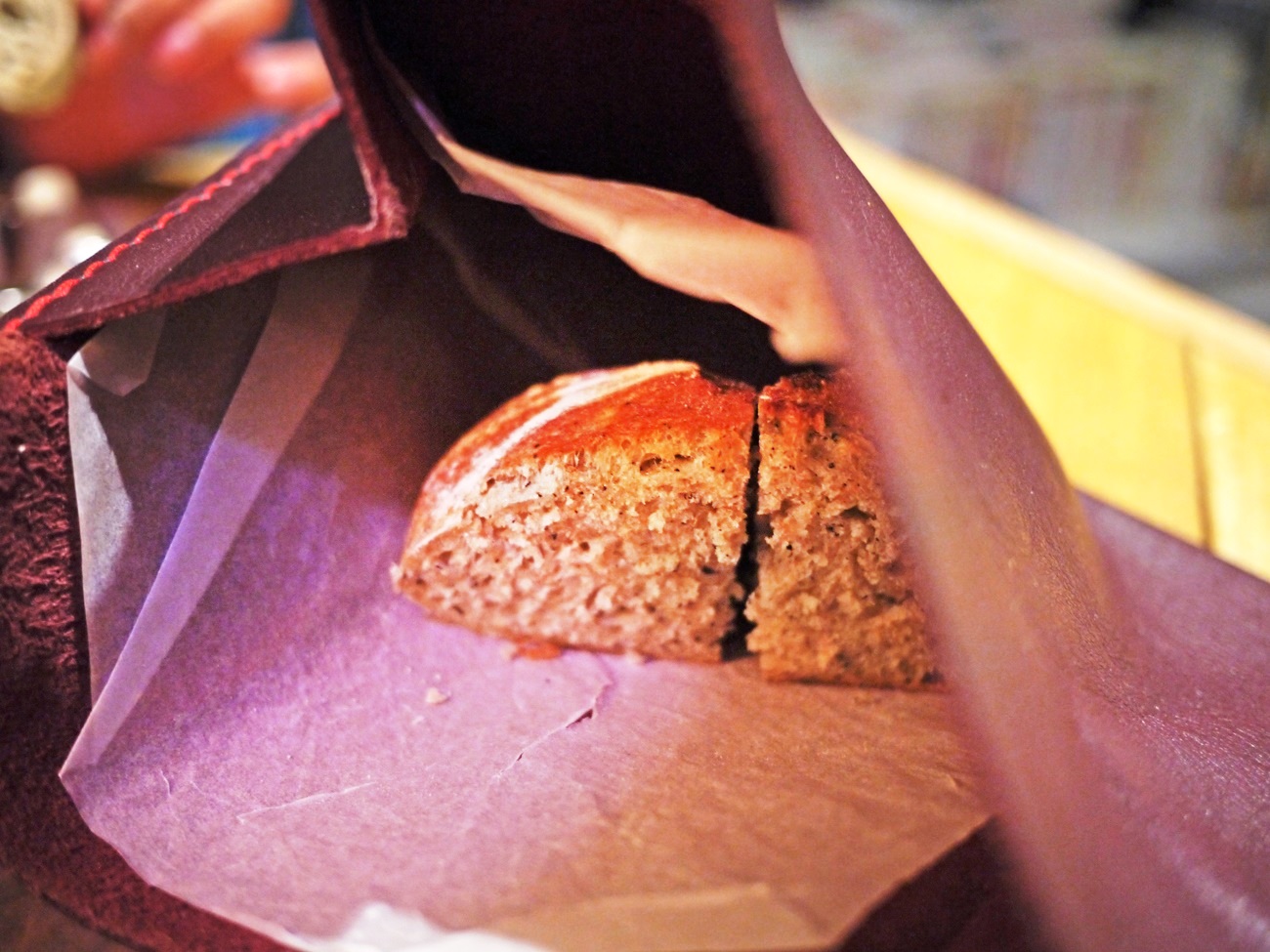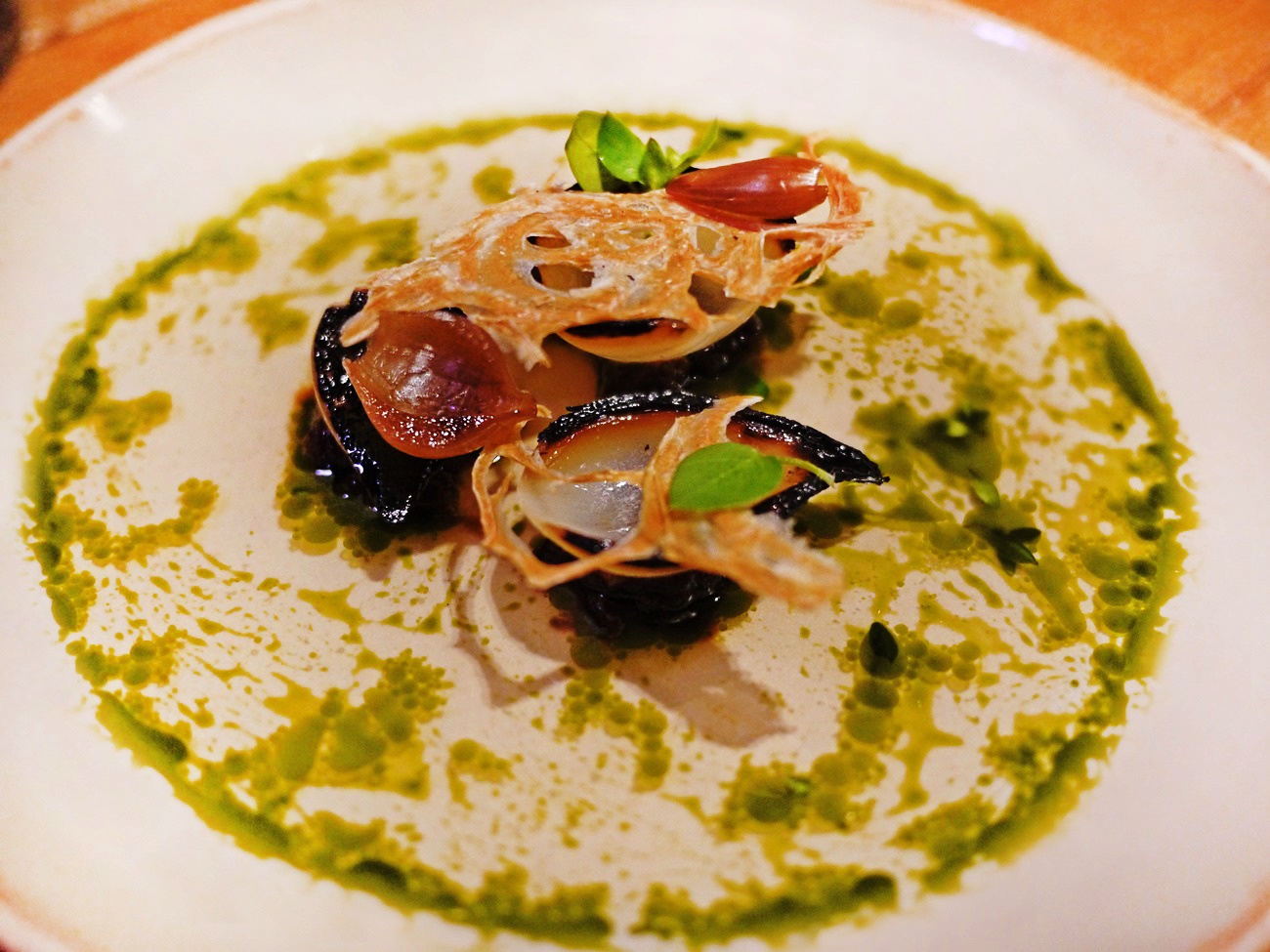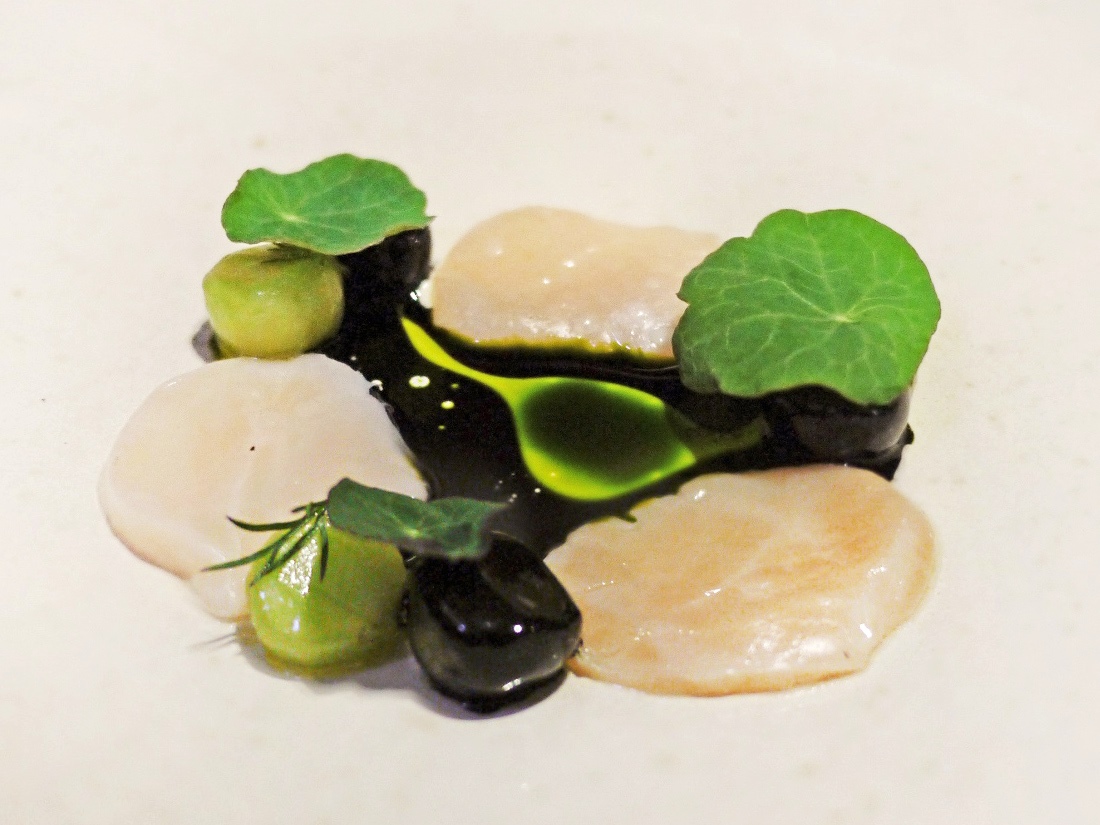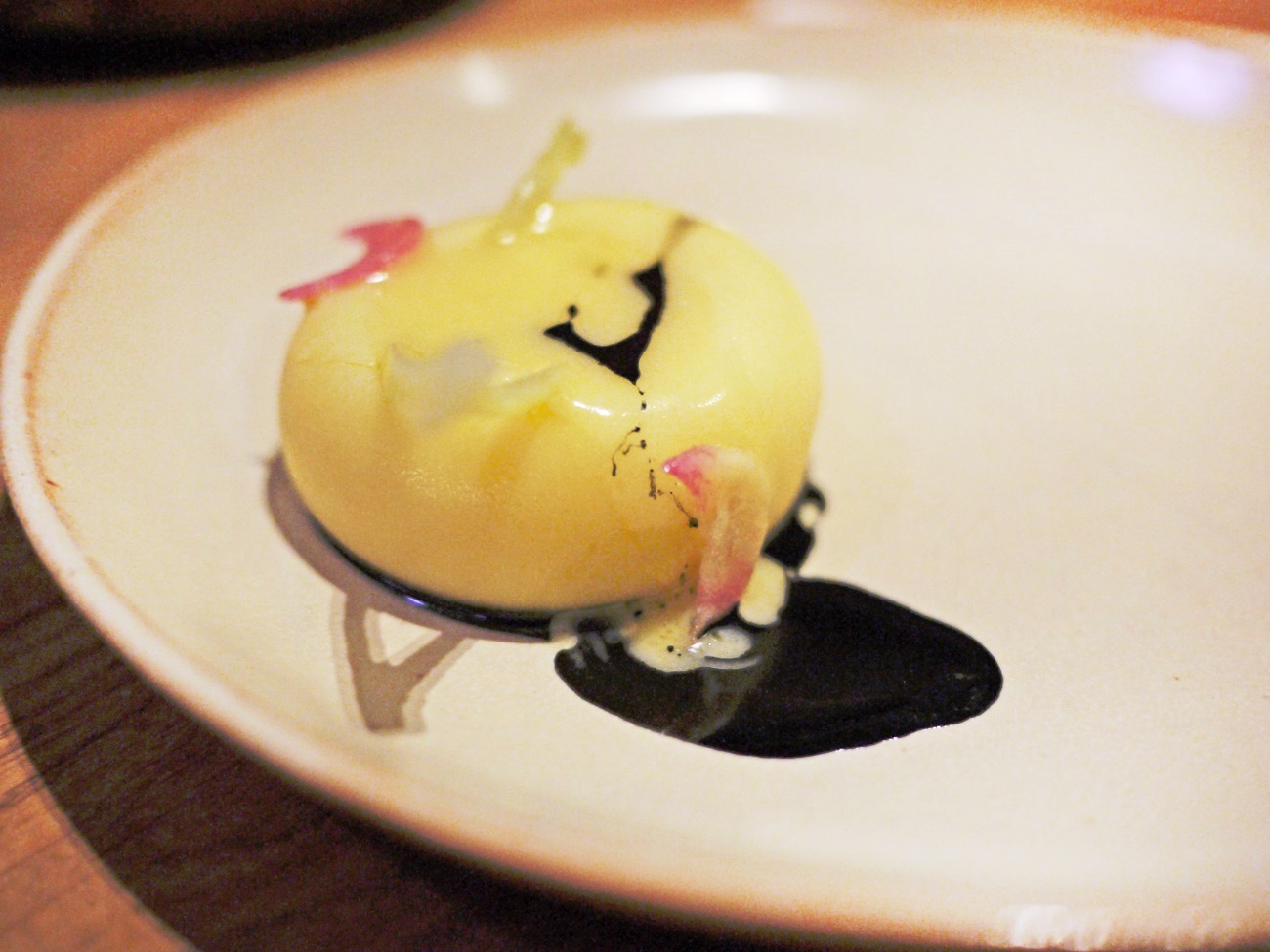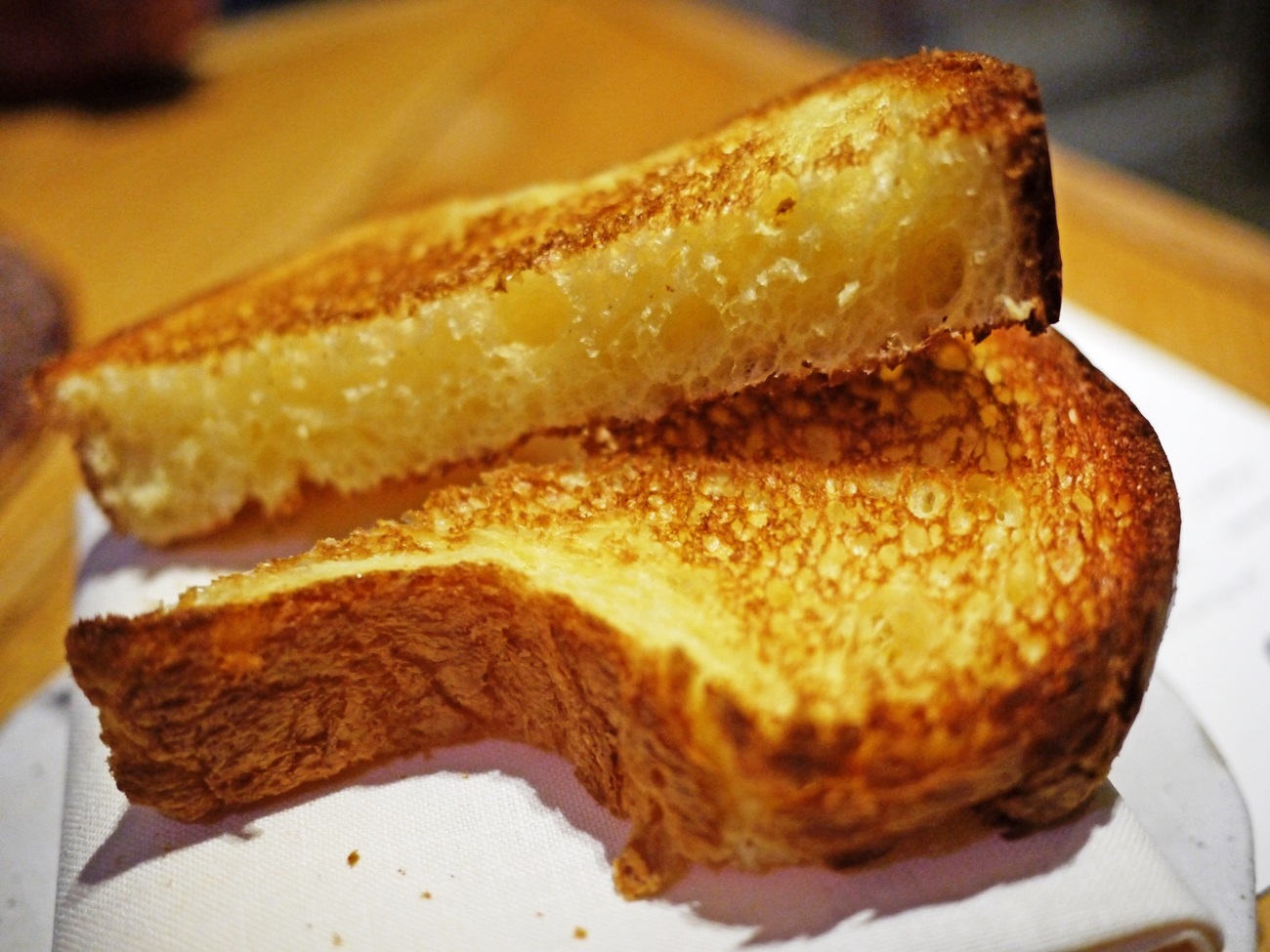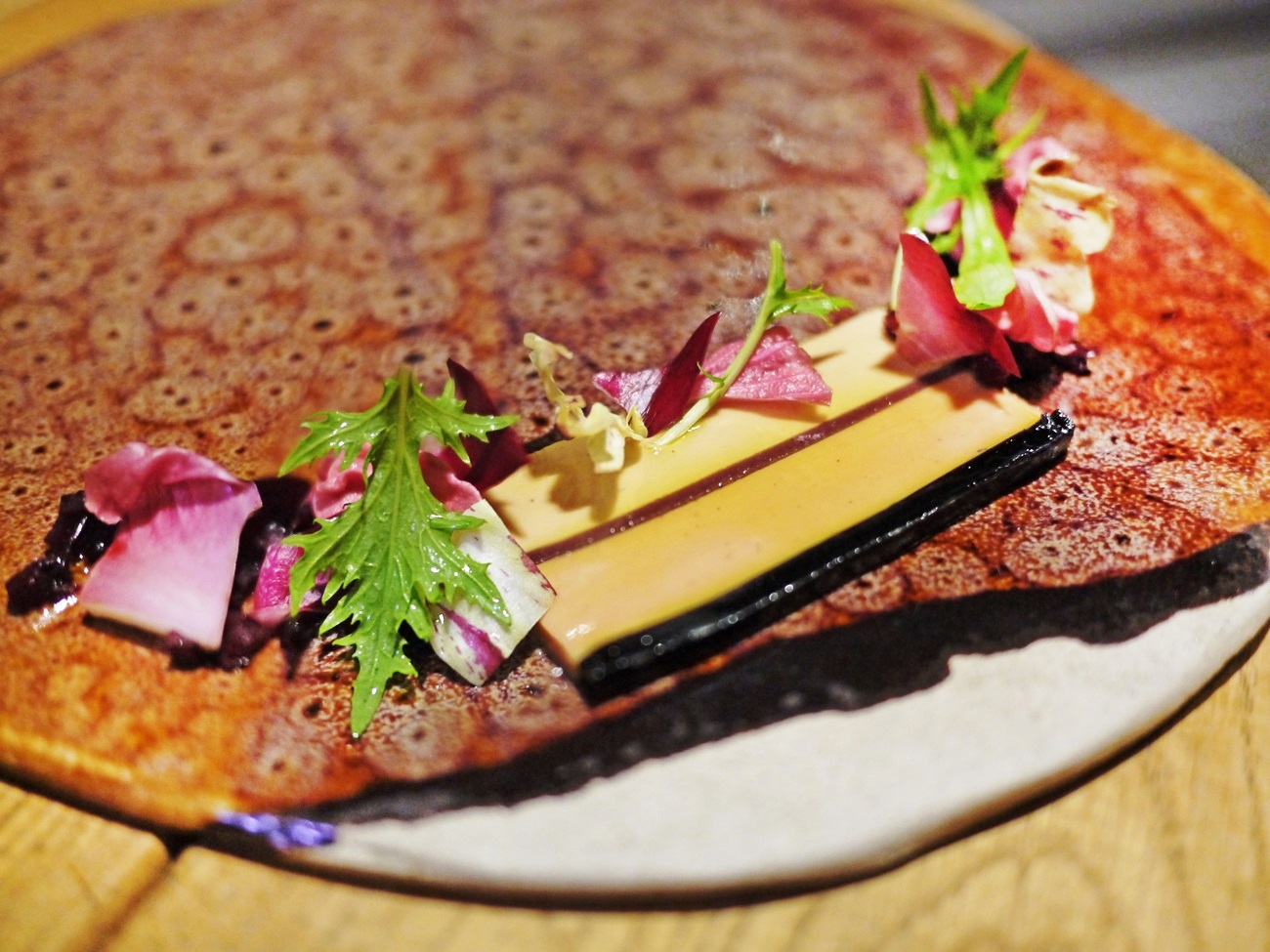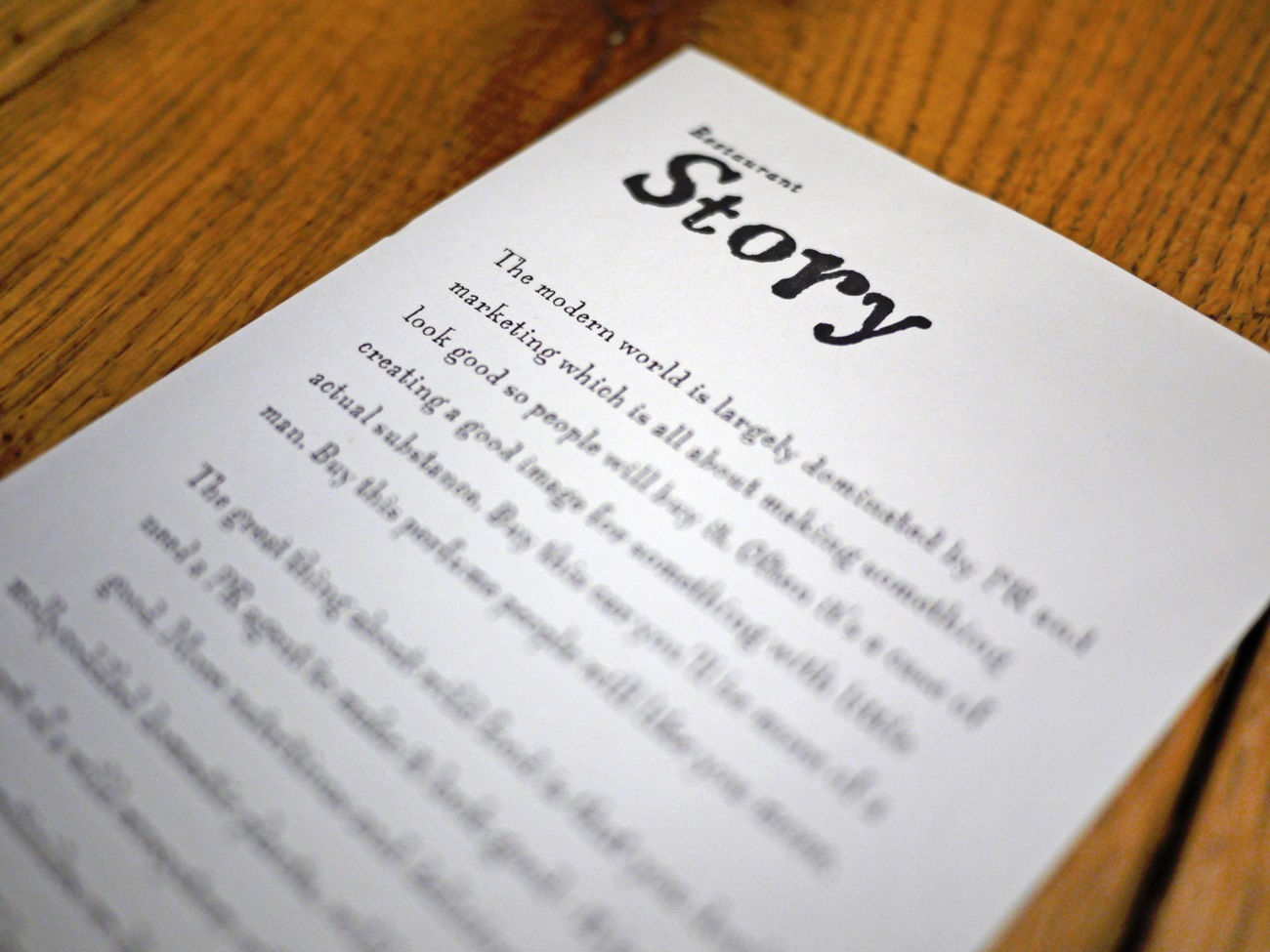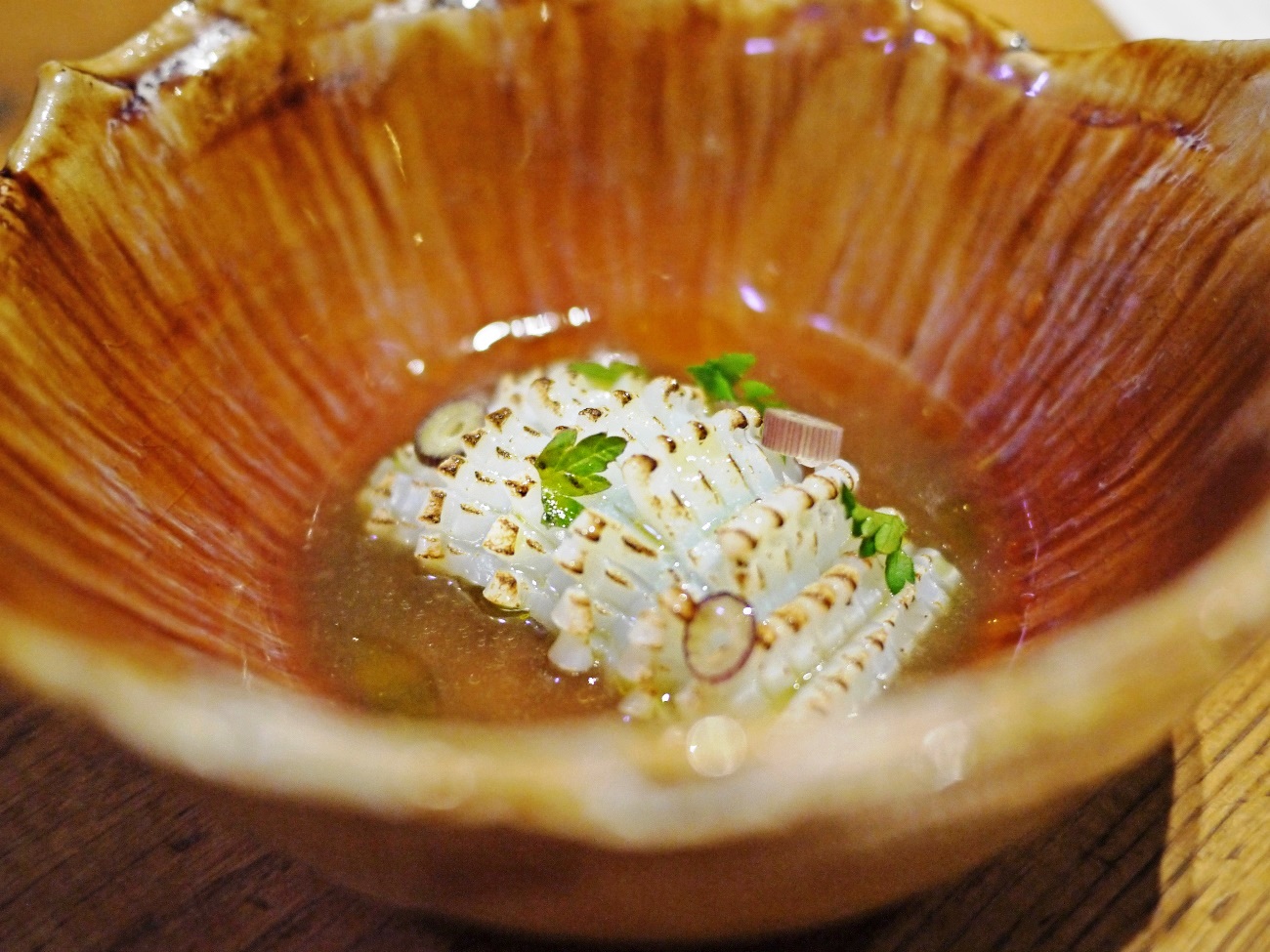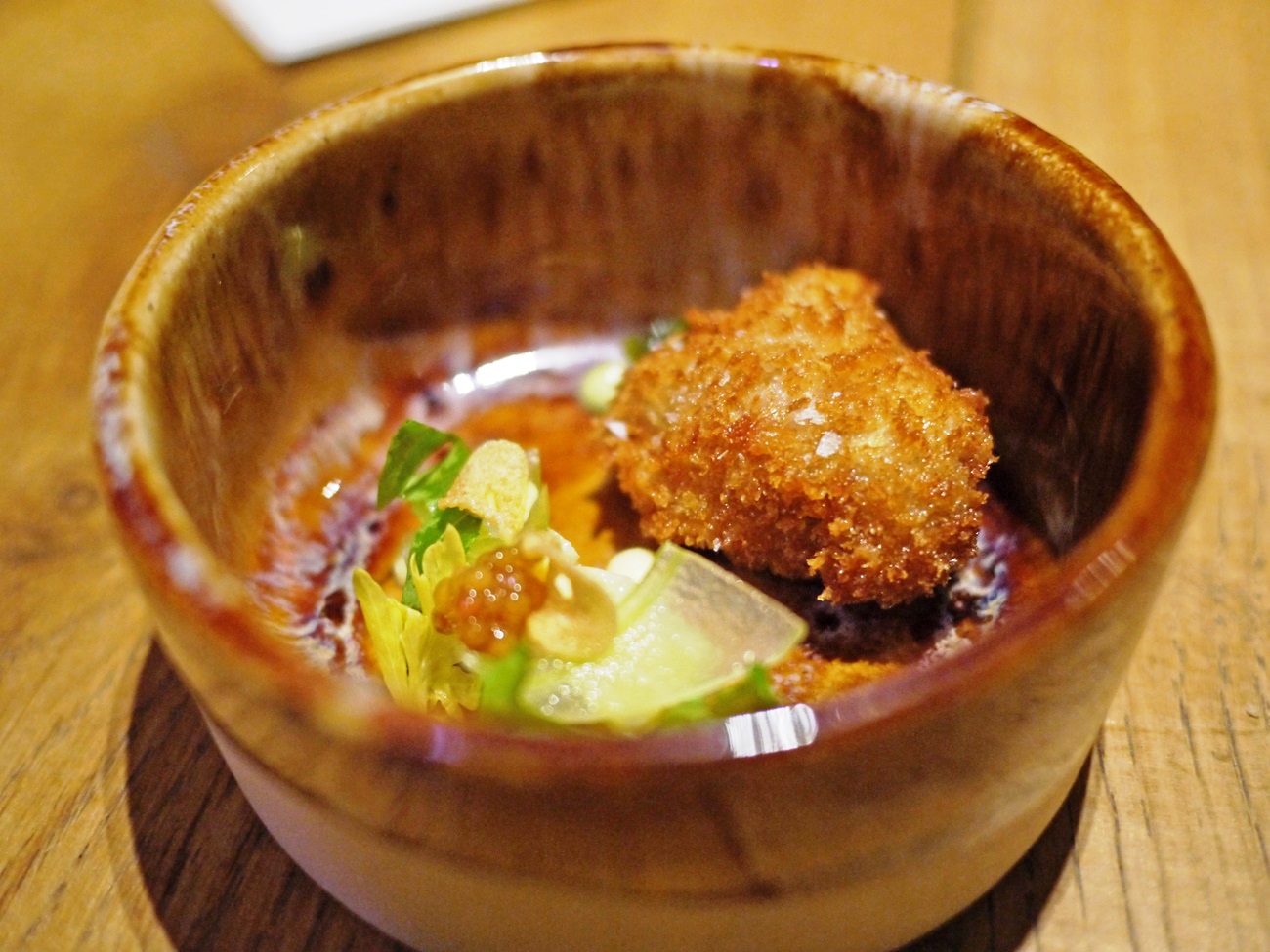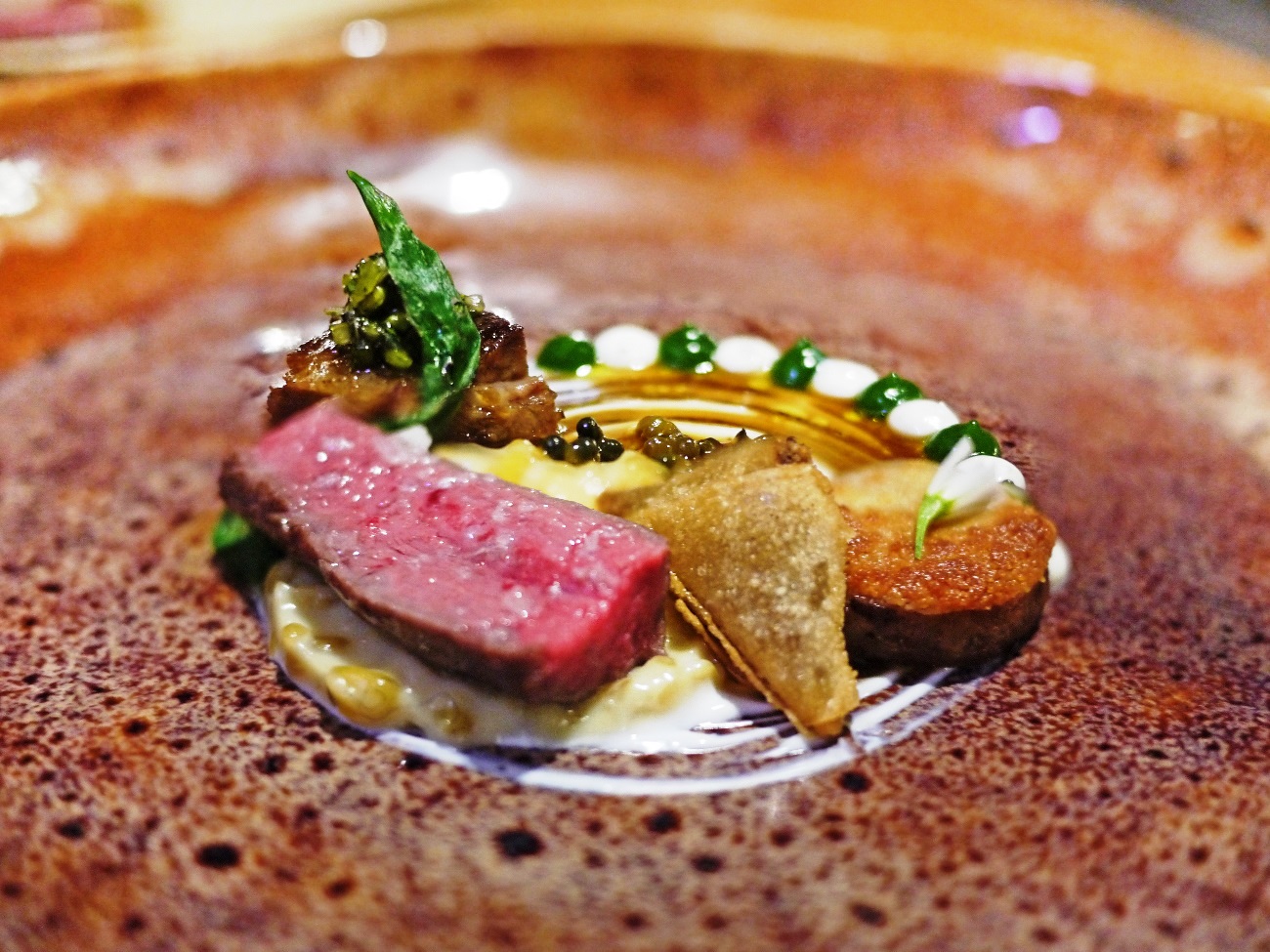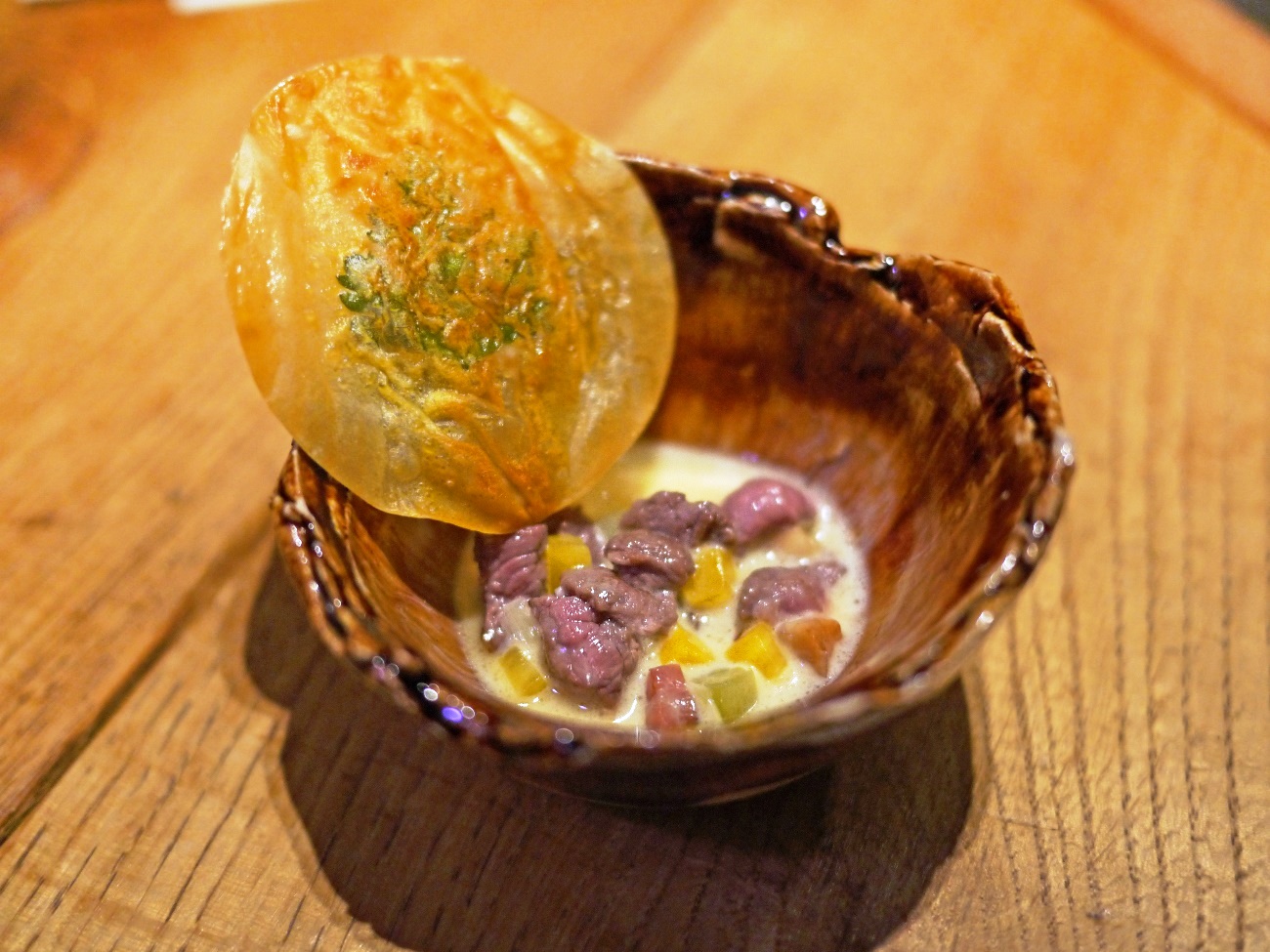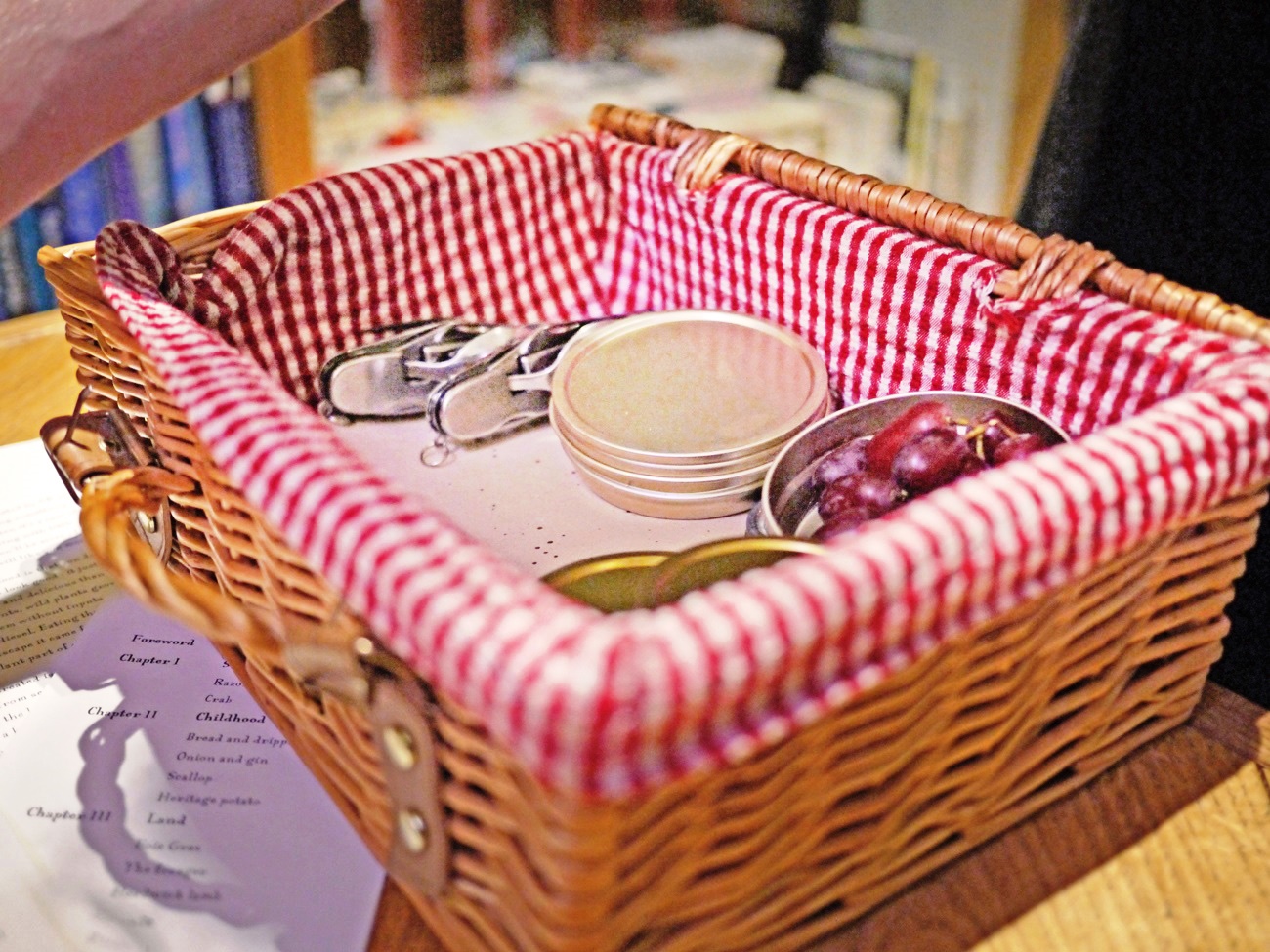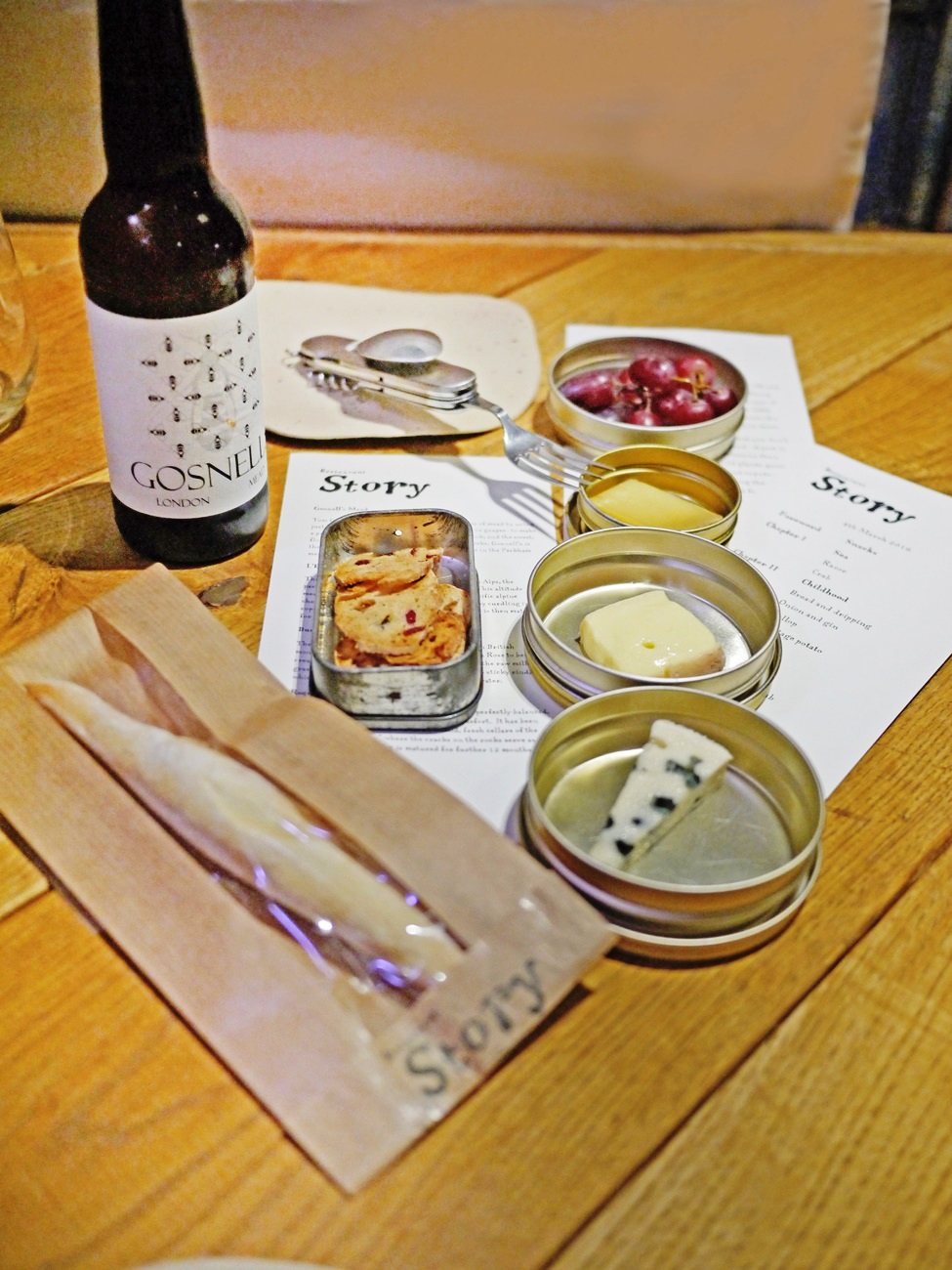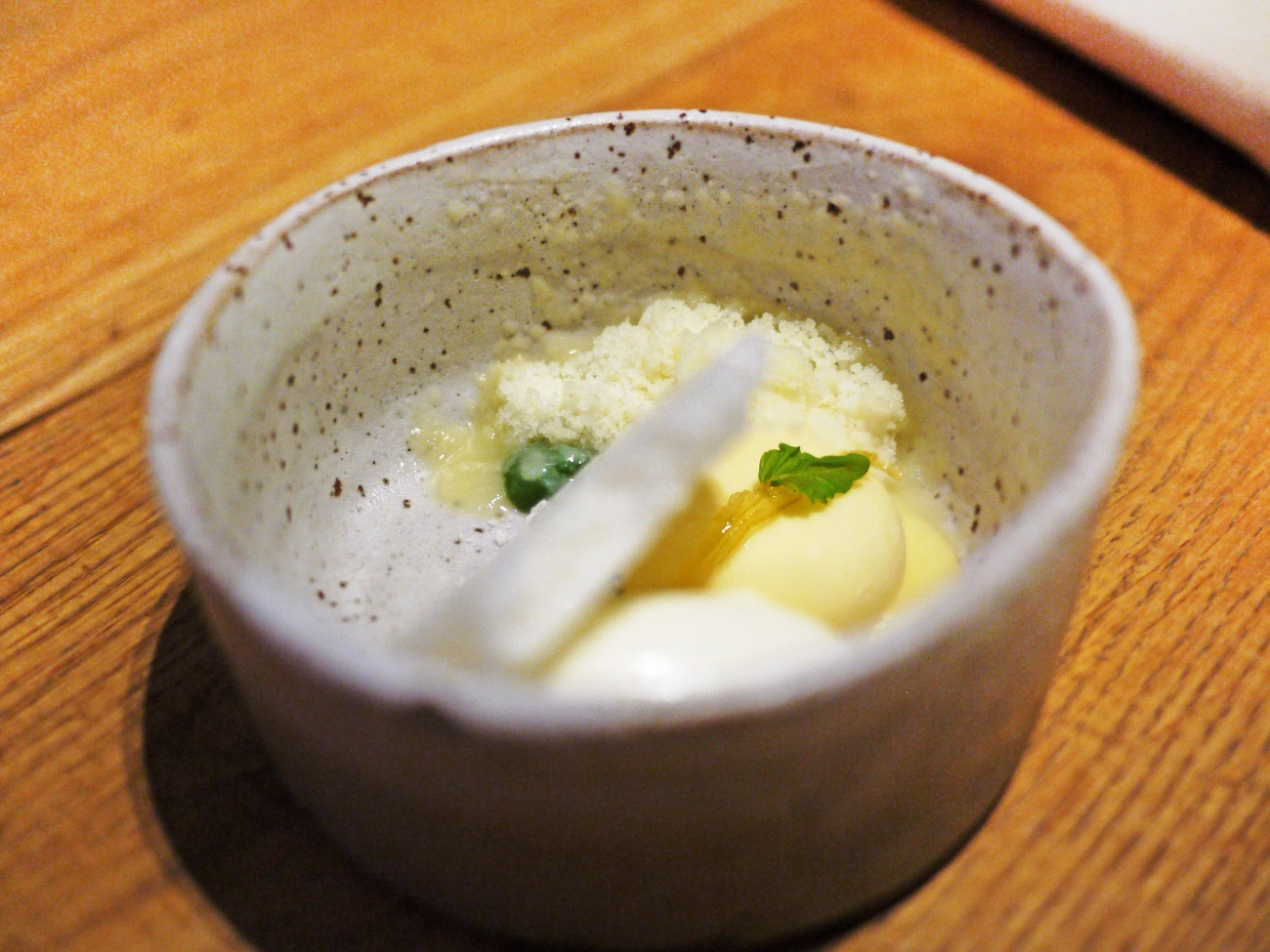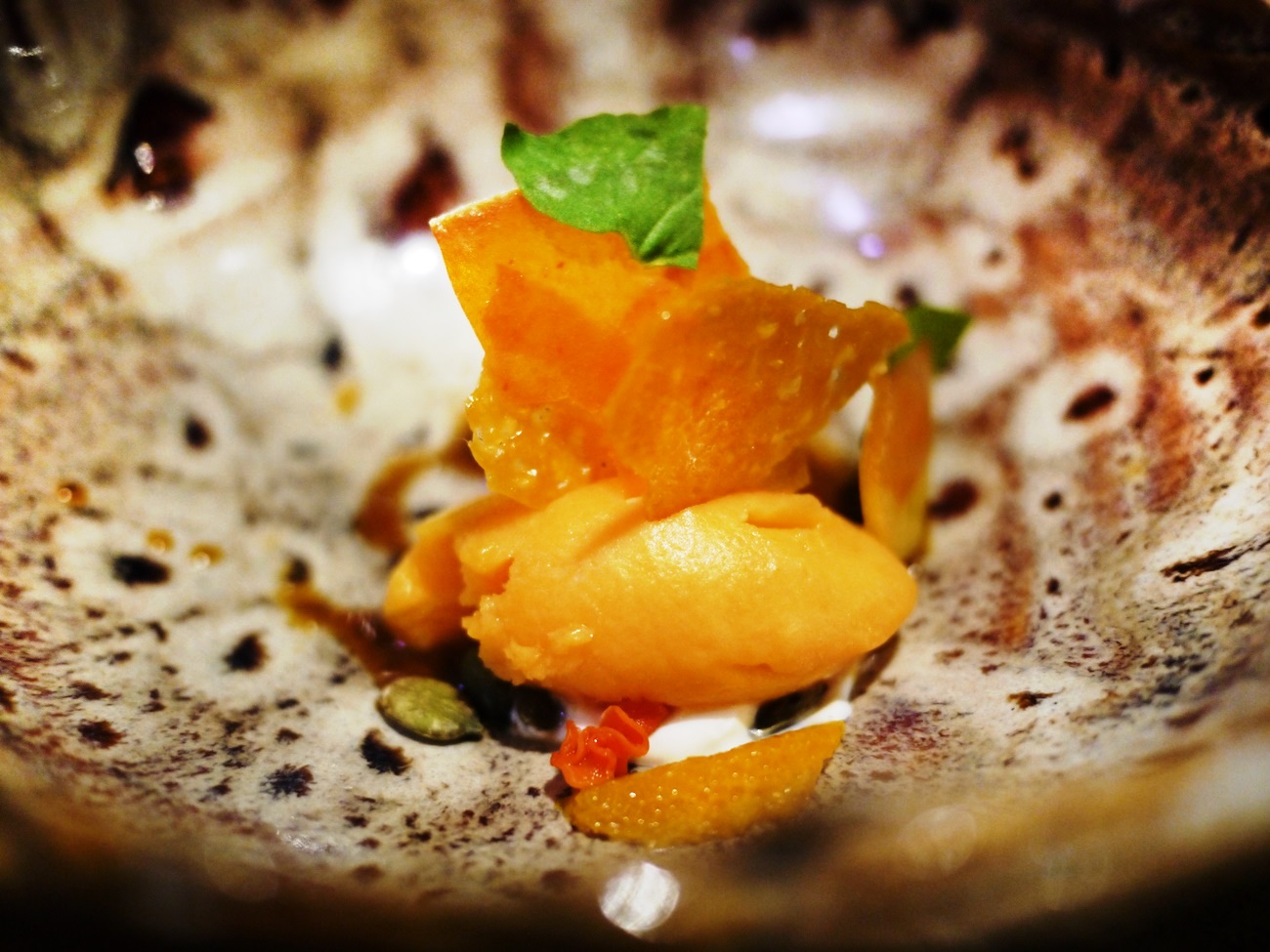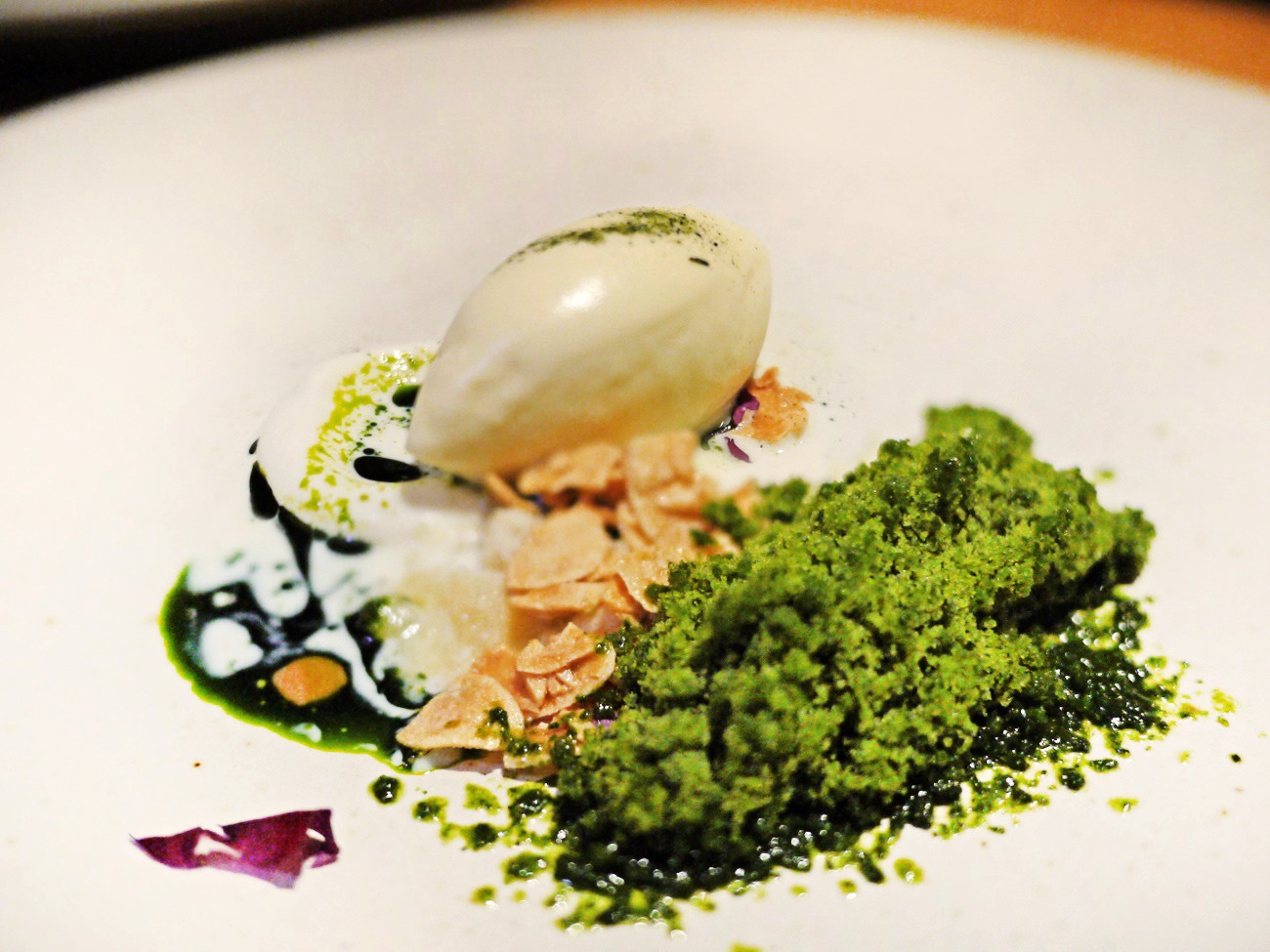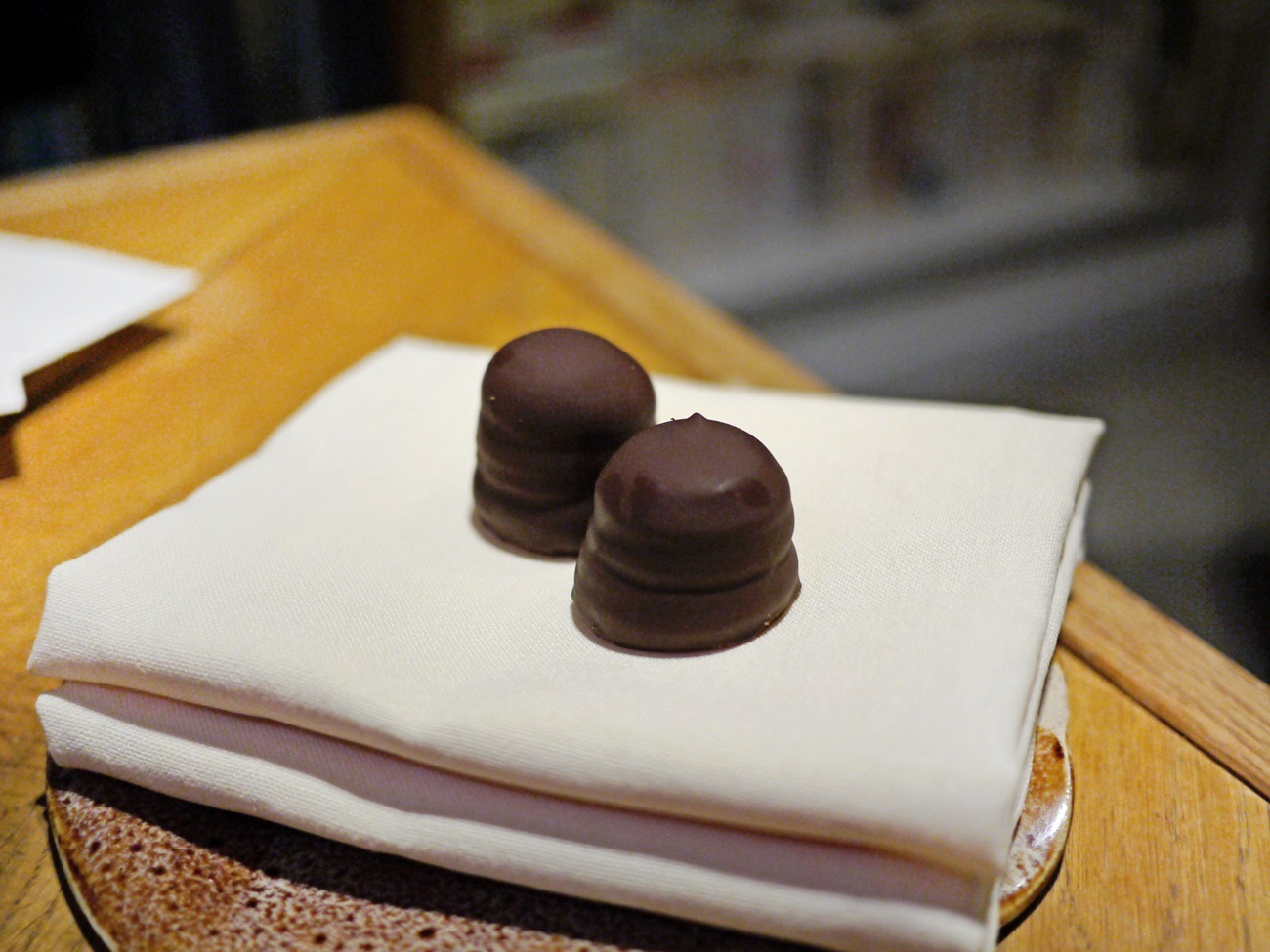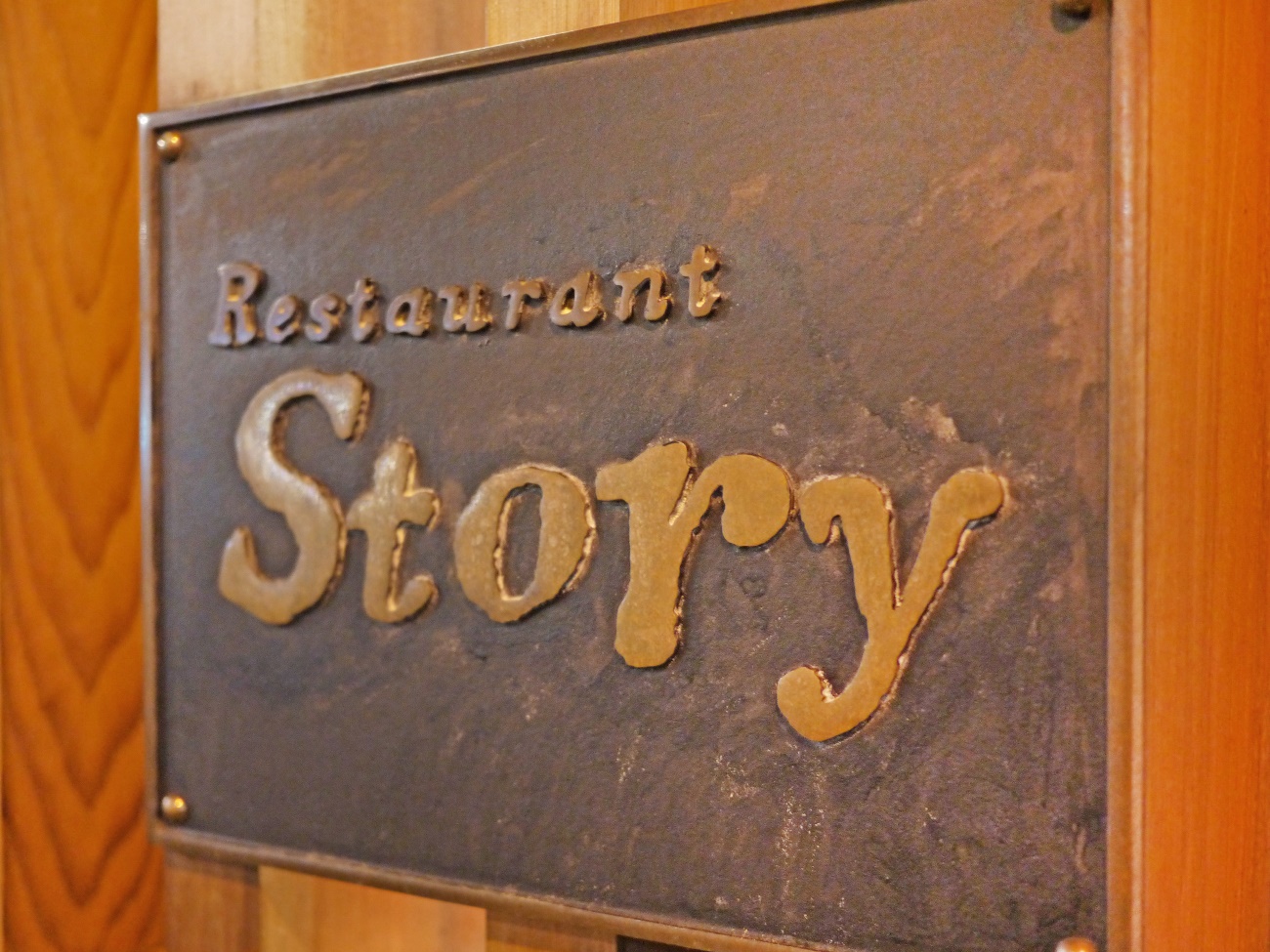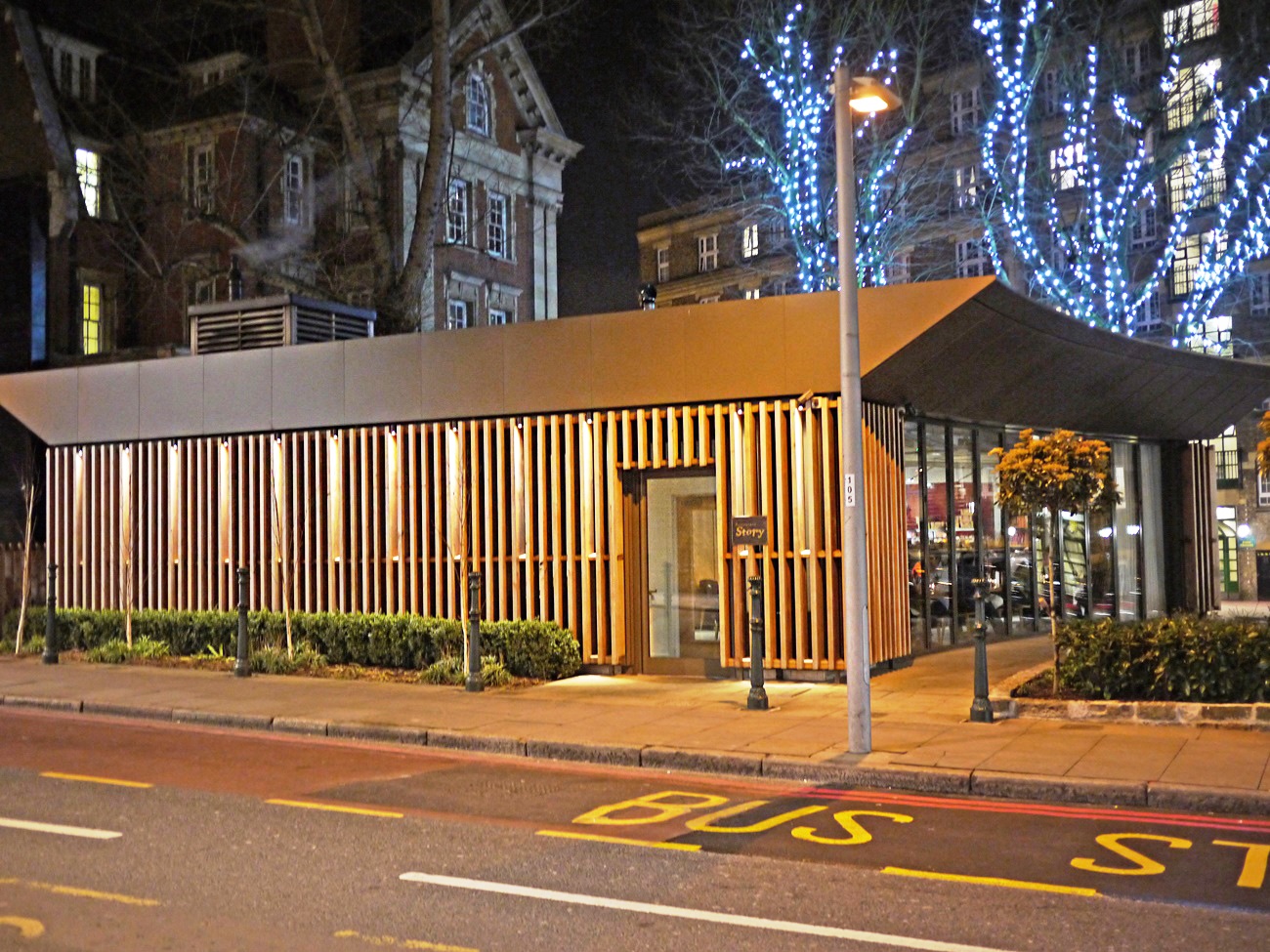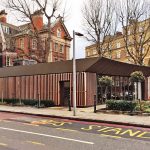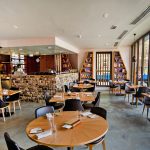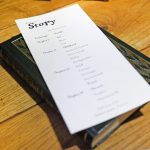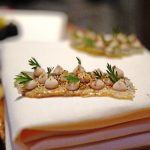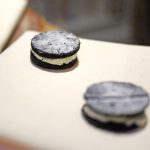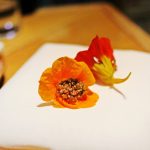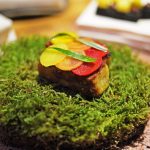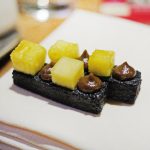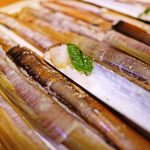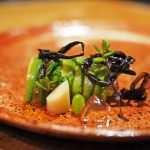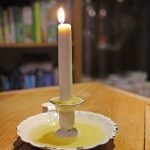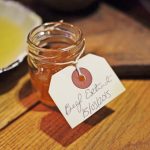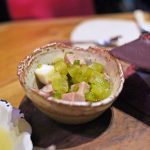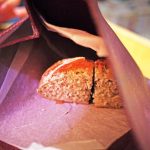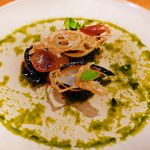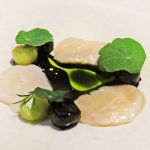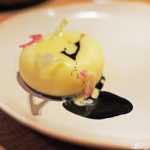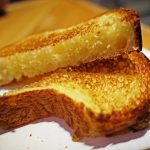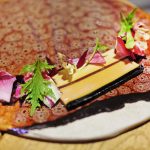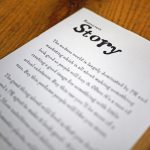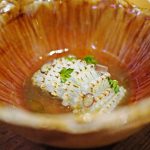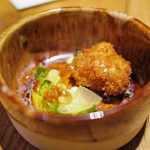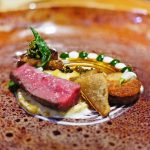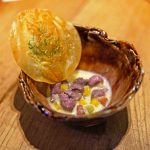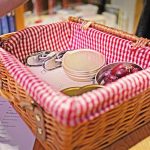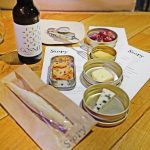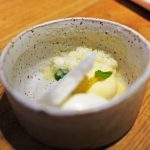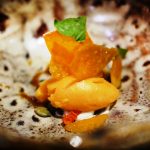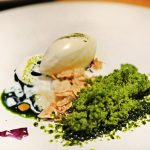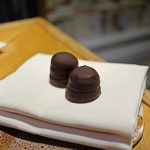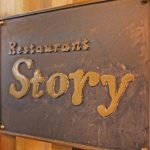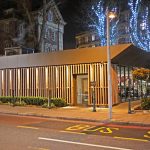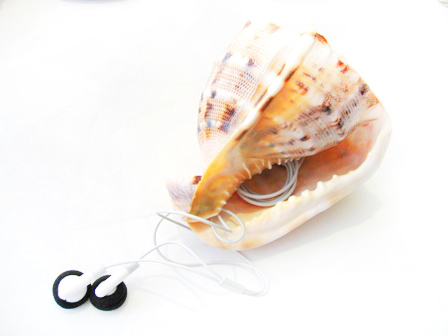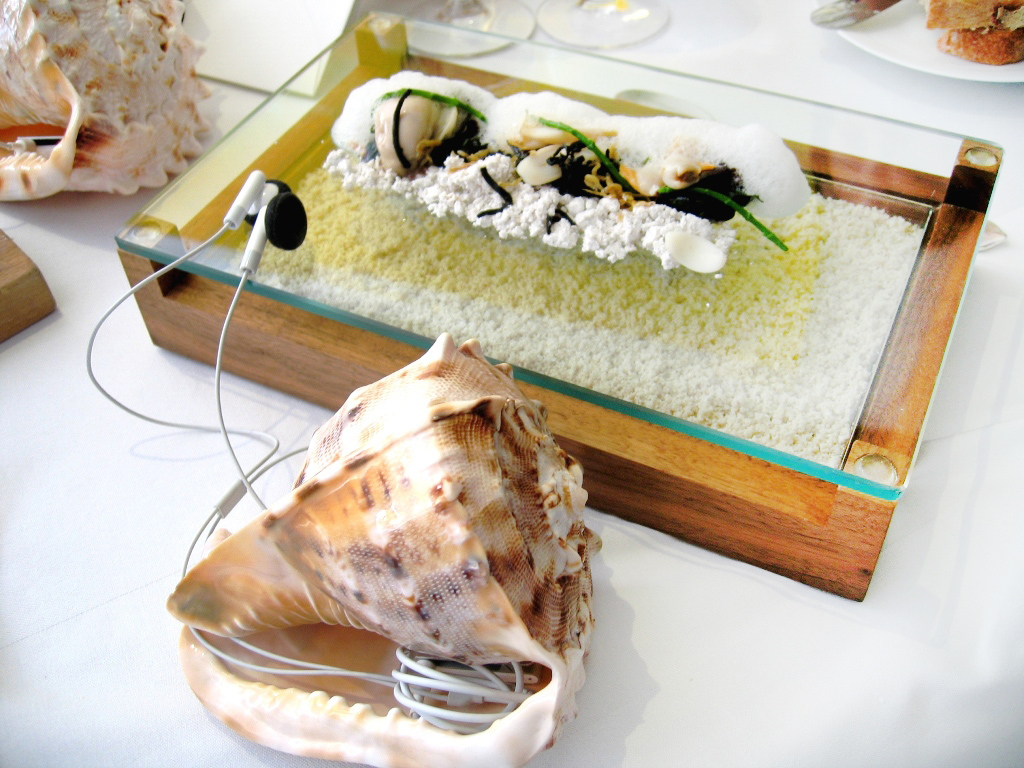CLICK ON THE MAIN PHOTO ABOVE TO VIEW CAPTIONS IN GALLERY FORMAT
Image 1: Tom Sellers first hit the headlines in 2012 when he wowed the judges at the Young British Foodie Awards with his "edible candle". He later hit the media again when he converted a public toilet next to Tower Bridge into his first restaurant. And his obvious talent for creating media hype paid off – since Day One of the restaurant, people have booked months ahead for a table. There are mixed reviews of its quality, ranging from the most "stimulating and satisfying meal" to "a cheap version of Fat Duck".
Image 2: Since it’s still in business for almost three years and still booked months ahead for a weekend table, I thought it would be time for me to check it out! Arrived early on a Friday evening, I was ready for my long tasting menu at one of the most talked-about restaurants in London. And, as the name implies, the theme is stories. So much so, in fact, that when I was making my reservation, I was told that diners are encouraged to take a book to leave on their bookshelves. You get to take one away, too, of course. Interesting idea!
Image 3: On the table was a long tasting menu entitled THE FULL STORY, divided into chapters. Almost immediately after giving my order, I found myself in FOREWORD: SNACKS section, as my table rapidly filled up with all kinds of snackable bites!
Image 4: Crispy cod skin covered with small chunks of gin-flavoured smoked cod roe. I liked the crunchiness of the skin and the smoothness of the roe cream, though it had a slightly bitter aftertaste.
Image 5: Story biscuit - squid ink shortbread sandwiching smoked eel emulsion, and dusted with vinegar powder. It was like a savoury version of an Oreo cookie. Fun!
Image 6: Nasturtium flower stuffed with oyster cream and crispy garlic crumbs. The whole thing was edible, and it made a rather nice bite with a long floral finish.
Image 7: A rabbit sandwich, carefully decorated with pickled carrot in three different colours. Despite its colourful presentation, it wasn’t that great, dominated by strong acidity from the carrots, and the meat was a rather dry.
Image 8: The last part of the amuse bouche was black pudding stick, garnished with pineapple cubes. A good idea, well executed - the stick had a thin, crispy surface and a warm, creamy inner. The whole thing was wonderfully rich and seductive. What a delicious and innovative opening scene of a "story". I loved it!
Image 9: The tasting menu finally began with CHAPTER I: THE SEA. Served on a bed of shell was razor clam, covered in champagne snow and alexander leaf. My first reaction was: where's the clam? I found it at last, but it was so small that I could hardly taste it. Moreover, it had a heavy dose of vinegar. If the previous dish was wonderful, this evened up the score – this was awful!
Image 10: The second course of this ‘Chapter’ was Dorset crab, sheathed in thin slices of avocado and finished with a layer of seaweed. Unfortunately, all I could taste was the layer of pear and clementine jelly underneath. A shame - this seafood Chapter was turning out to be a big disappointment!
Image 11: On to CHAPTER II: CHILDHOOD. An atmospheric start with a flickering candle – the very invention that "jump started" the chef’s career. Made with beef dripping, the candle slowly melts into the candle holder and can be used as a dip for the bread. The waiter explained that the inspiration for the creation was the fact that Tom’s father liked to dip bread in beef dripping for Sunday breakfast. A rather sweet story to go with the course.
Image 12: Originally, the dish consisted of just dripping and bread, but it was later developed by adding a small jar of beef extract to add more flavour to rather bland dripping…
Image 13: …plus a bowl of radish, veal tongue, celery and rapeseed oil to put on the bread.
Image 14: And, of course, the warm bread. It’s worth pointing out that, as some readers will know, the "edible candle" idea actually made an appearance in the Fat Duck some years ago, though they used white chocolate and served it as a pre-dessert (guests had to request it in advance). Still, Tom Sellers’ version was tasty and fun. I enjoyed it a lot.
Image 15: A course that combined the chef's two favourite flavours, Onion and Gin, a simple name that belies a complex cooking process. This plate actually contained four preparations of onion (caramelised, burnt, dehydrated and brine) together with gin, apple juice and lemon thyme oil. It worked brilliantly! The liquid was refreshing with a great balance of fruity-sweetness complemented by a hint of thyme fragrance. The onion-gin pairing was a surprise and the range of textures from the onions was a fantastic bonus. Truly amazing!
Image 16: Next, Scottish scallop which were almost untouched as the chef wanted the quality to shine through. They had been lightly pickled in elderflower, vinegar and seaweed, then decorated with cucumber balls and dill oil. Such elegant flavours! By now, my meal had fully recovered from the disappointment of CHAPTER I, as the chef demonstrated once again that he knows how to coax the best out of delicate ingredients. An excellent course – I’d even go as far as to say it was stunning!
Image 17: The final course of this chapter was Heritage Potato from Somerset. Dressed in cabbage stem, rainbow radish and coal oil, with rapeseed oil and charcoal, it was ordinary in many ways, though creamy and buttery. It was the kind of comforting, homey food that makes you want more. Still, I think there’s room to develop this course further.
Image 18: CHAPTER III: LAND began with warm brioche and…
Image 19: ... foie gras terrine with strip of port and red cabbage jelly. You only have to glance at it to see that it’s another example of their precision in presentation. There’s no doubt that there’s a highly-trained kitchen team at work here! You simply spread it on the warm brioche, take a bite, and revel in the delicate, silky, richness, along with the sweetness from the port and the acidity from red cabbage. Just heavenly! I had a complaint though – you can probably guess what it was. Yep, you’re right…not enough of it!
Image 20: Now a short break for some reading. Quite interesting - a backgrounder on their source of foraged food from the wild. It was an appropriate intro to the theme of next course, The Forager.
Image 21: This unusual-looking piece of squid covered a parcel of chicken mousse and layer of shitake, and was garnished with umami sauce and fennel. It was a surprise, because I was expecting a foraging theme, and – instead – got this, a very Japanese-influenced course. It was good though. I particularly liked the meticulous knife-work on the squid which gave an interesting and fun texture on the tongue! The squid itself was soft without being chewy, and the thick sauce was full of flavour. In short, the entire thing was delicious!
Image 22: And now…the main course. It was Herdwick lamb, prepared in 3 servings! I had to admit that they really make an effort here! First up was croquette of lamb brain, with mustard and wild garlic sauce. I know, I know…it sounds pretty disgusting, but if you like offal, you’d love this – it had a unique creamy and bouncy texture with not the slightest trace of any unpleasant smell. Too bad it was just one bite’s worth!
Image 23: This second serving of the main course had itself 4 further preparations, using different parts of the lamb. Wow! There was seared sirloin, a samosa made with shoulder meat and a small disk of neck. That micro-mountain at the back of the plate is lamb belly, drizzled with lamb jus and ramson berry. Clearly, lots of work had gone into this main course. Every item was different, delicious, well seasoned and top-quality. It’s unbelievable what this small kitchen can churn out!
Image 24: The third serving was lamb pie - tiny pieces of lamb in cream sauce, together with thin pastry. This marked the end of the savoury part of the meal.
Image 25: Before moving onto the next chapter, the waitress brought us a picnic basket! She then proceeded to opened it up and prepare a "picnic" right there on the table!
Image 26: There were three different cow cheeses, with a leaflet describing each cheese, a warm baguette, and a bottle of mead made by fermenting just water and honey. I actually experienced this picnic idea at Azurmendi some years ago, but I enjoyed it this time all the same. Fun.
Image 27: Once more treat before moving on to the final chapter, CHAPTER IV: THE END. This was all about Lemon - parfait, snow and gel, all made with lemon and accompanied by ice cream and lemon verbena. Lemon is a great way to cleanse the palate, and this was a well-balanced blend of acidity and sweetness. Very good.
Image 28: And now the first dessert: Pumpkin sorbet, dehydrated carrot and pieces of clementine, with crème fraîche and cardamom sauce. The pumpkin flavour wasn't overly pronounced, and gave way to the bitterness of the carrot. There was a nice aftertaste from the cardamom and pumpkin seeds, though.
Image 29: I like the fact that they don't overcomplicate their food. This final dessert, Almond and dill, is a good example of how they keep things fairly simple - all the white items are from almond, and all the green ones are from dill. The pairing of almond and dill was simply inspired, and though the touch of sea salt at the bottom surprised me, it did make me want more. On the downside, it had the feel of another pre-dessert rather than a main dessert. I rather wished that they’d offered a more powerful finish to the "story".
Image 30: After such an elaborate meal where tremendous effort had obviously gone into each course, I was surprised that they served just a simple tea cake of rose and raspberry as petits fours! I thought there must be more coming - but no, that was it. Pity, but never mind.
Image 31: Despite a weak ending to the "story" and the presence of some ‘borrowed’ ideas (the story theme, the edible candle, the picnic), it’s hard to deny that the team has delivered an innovative and elaborate tasting menu – among the best I’ve had in London. The chef's training at Per Se certainly shone through with the superb attention to detail. Every course was beautiful to the eye, and most were even better to the taste buds!
Image 32: What’s more, with six amuse bouche, onion cooked in four ways, a lamb course with three servings, and one of which had four preparations, this is clearly a menu from a talented and ambitious chef. In summary, this meal was at a different calibre to those of other young chefs in town, and I strongly recommend a visit. I’m definitely planning to come back in a year or so, to see how he’s moved things on. Whatever’s new, I’m pretty sure I’ll enjoy the experience.

